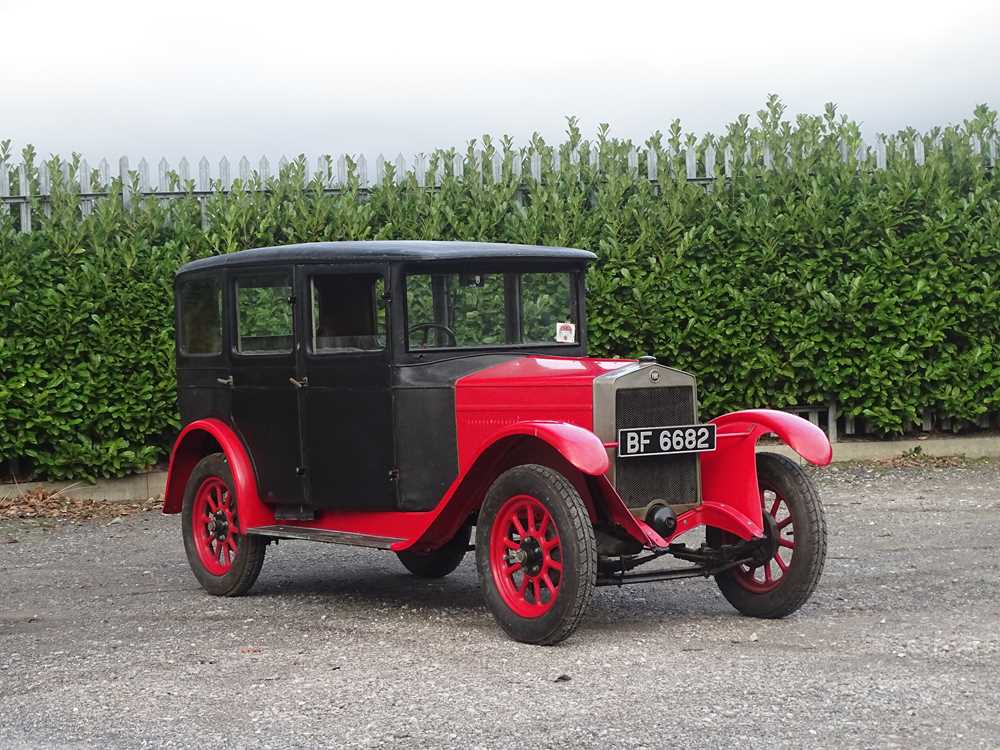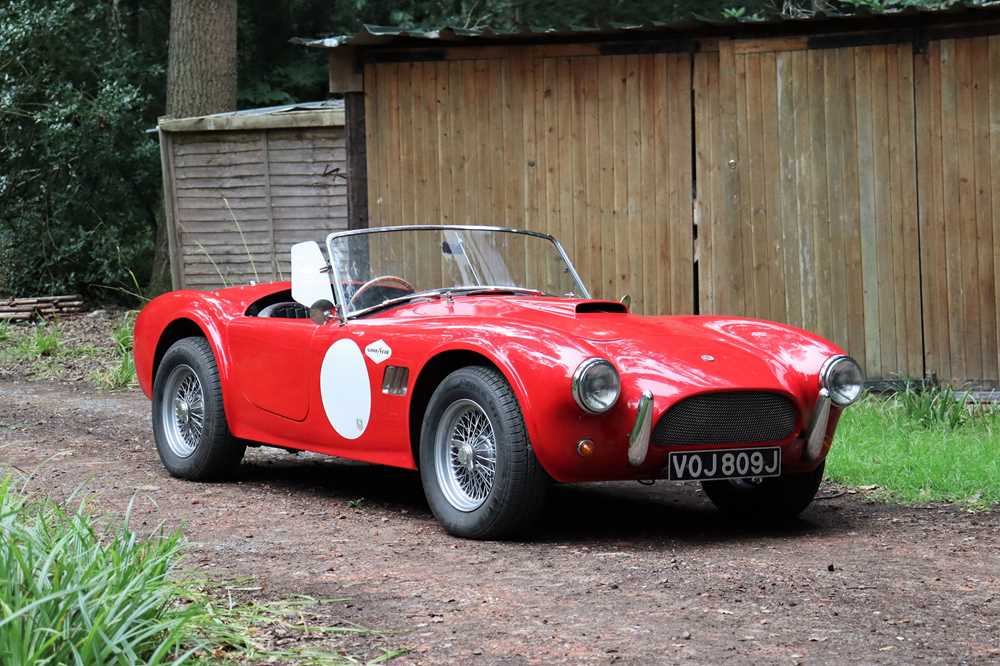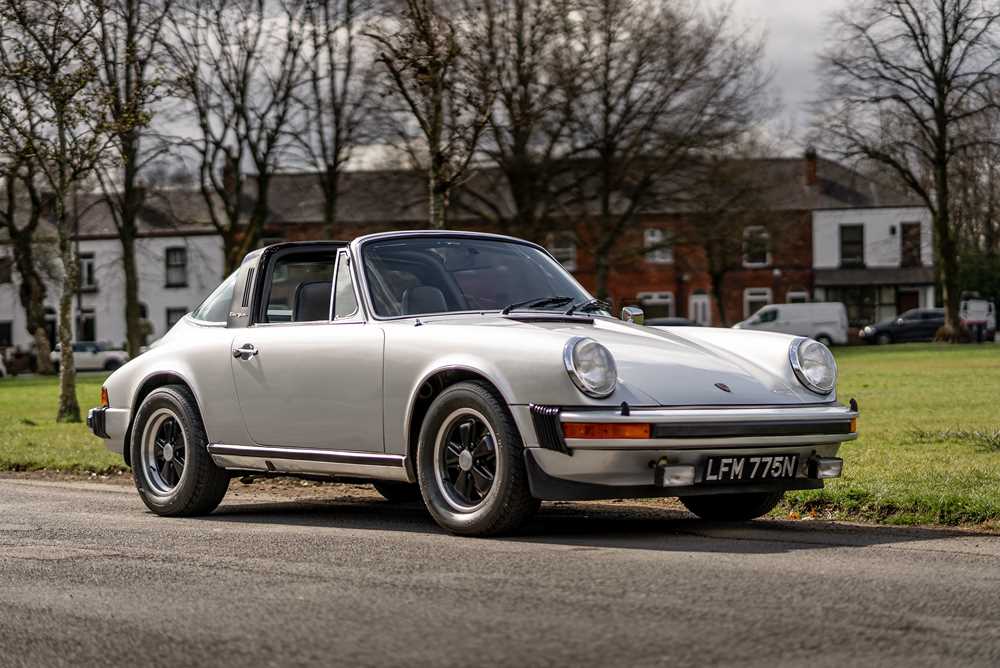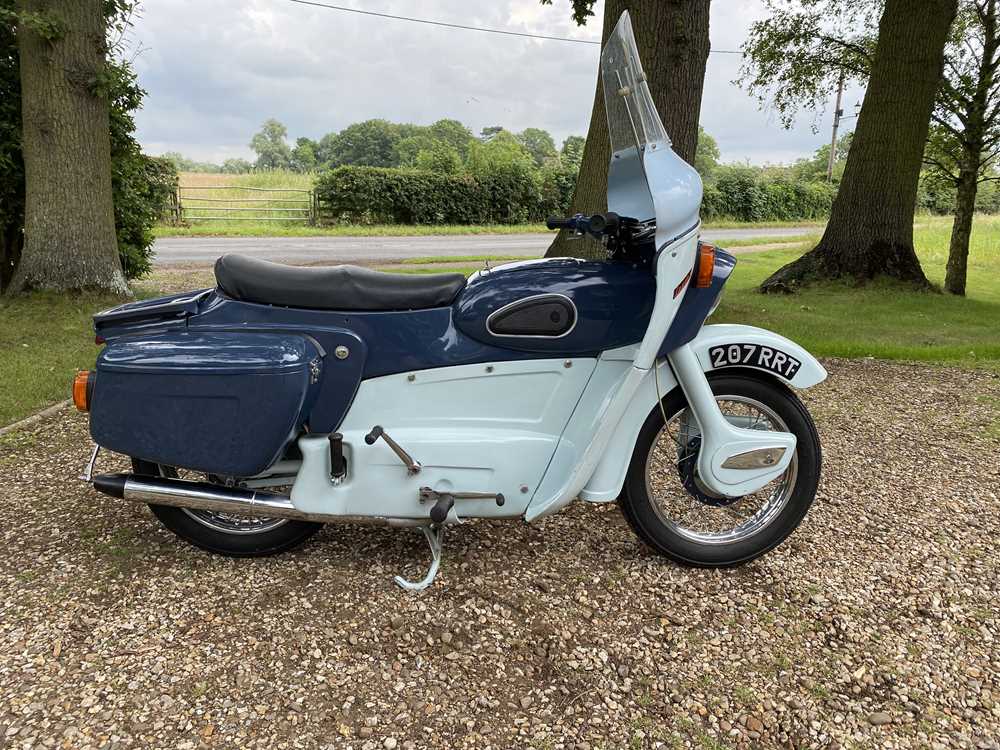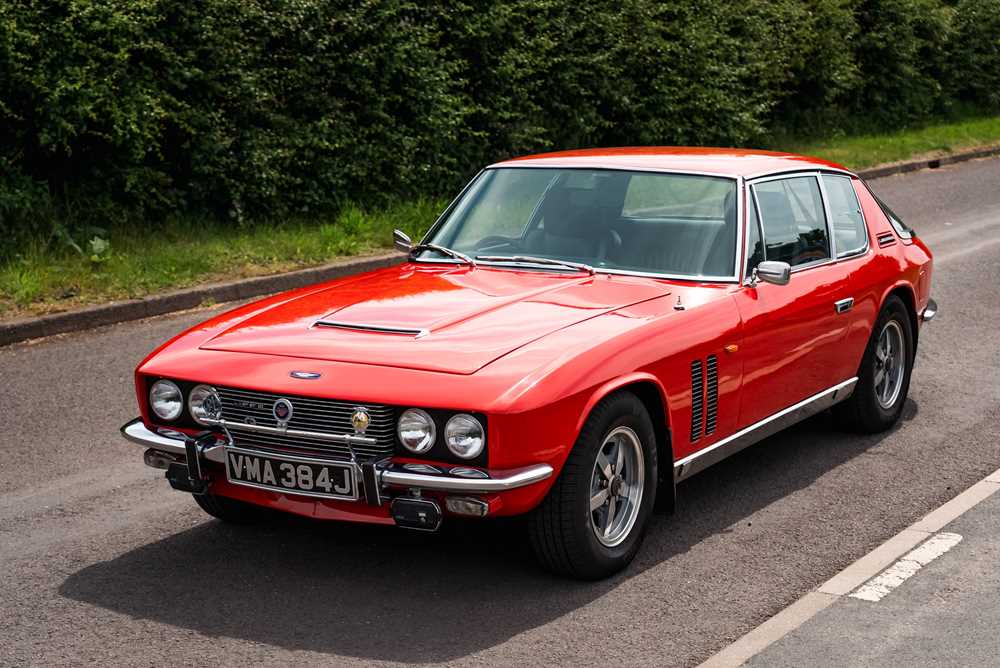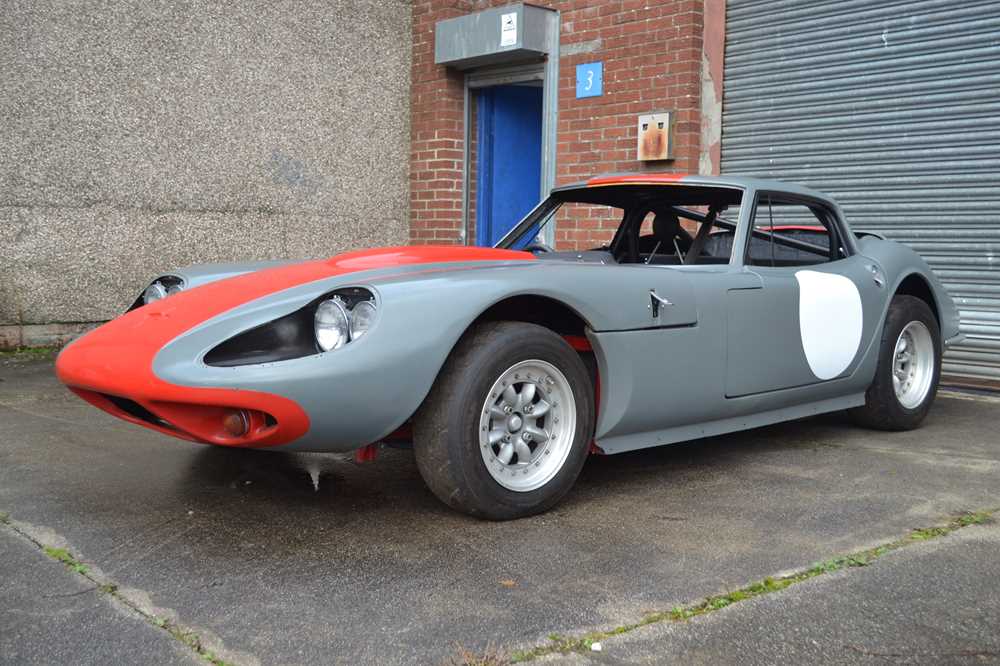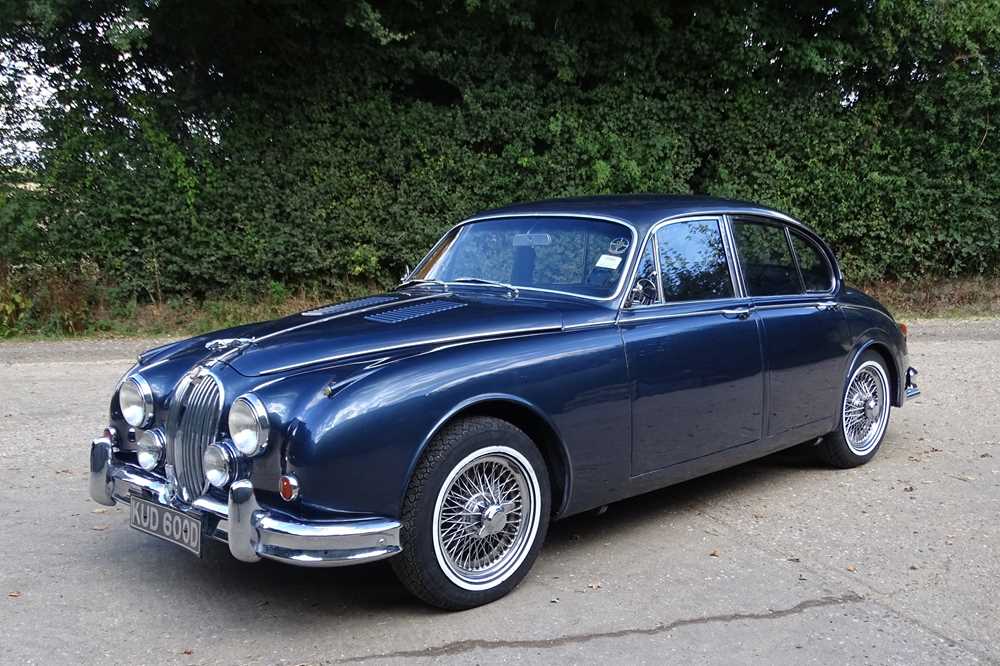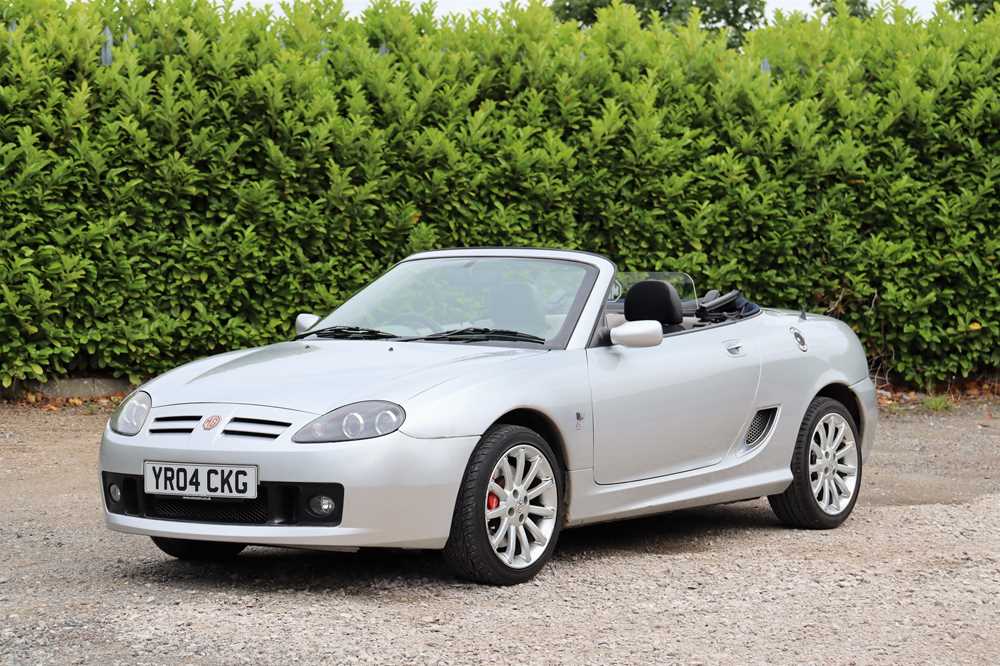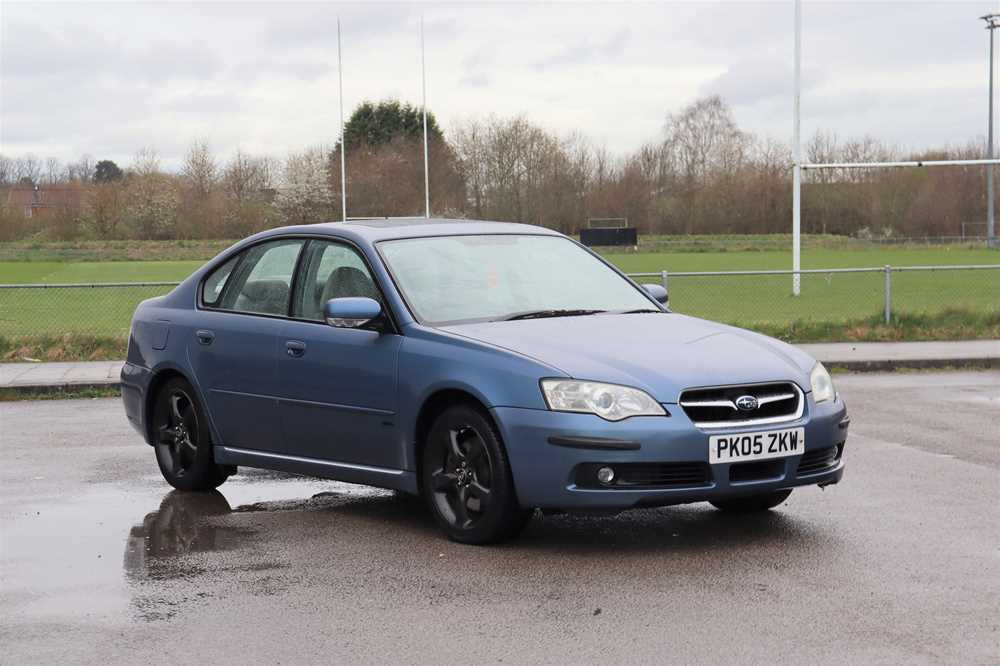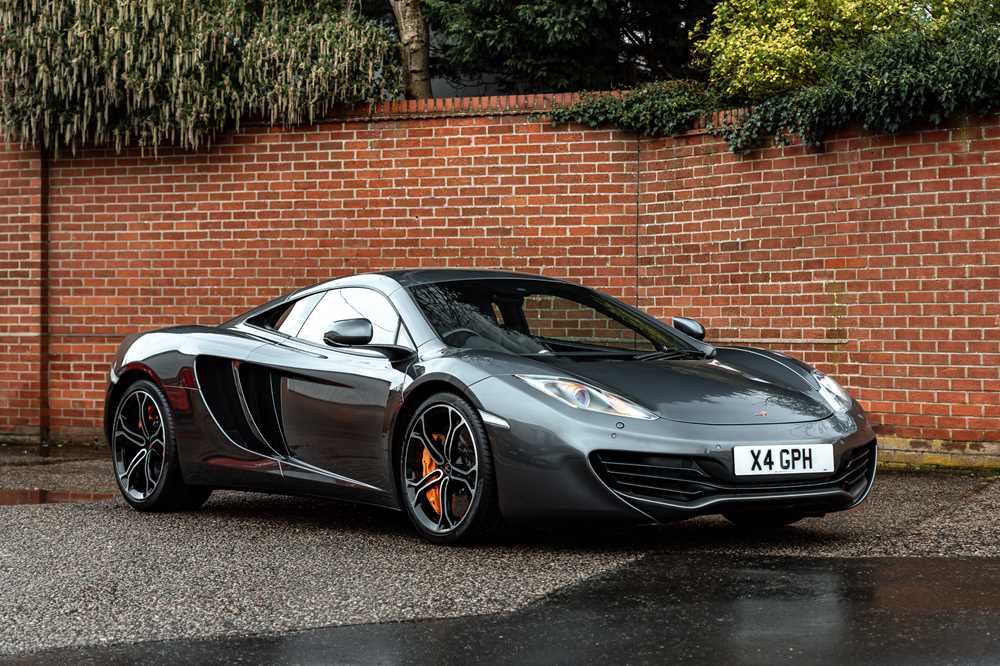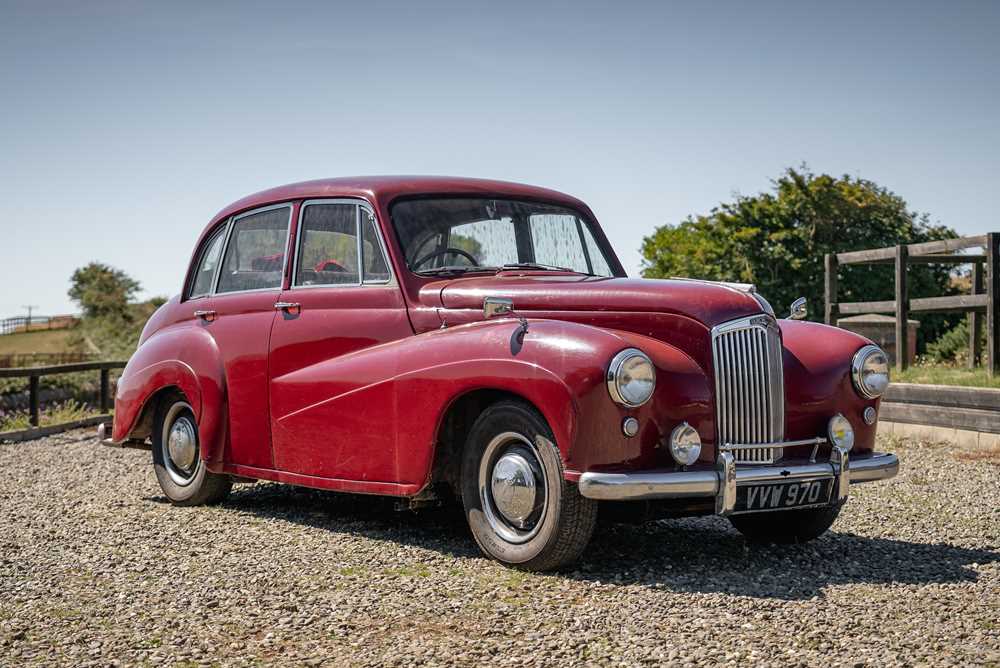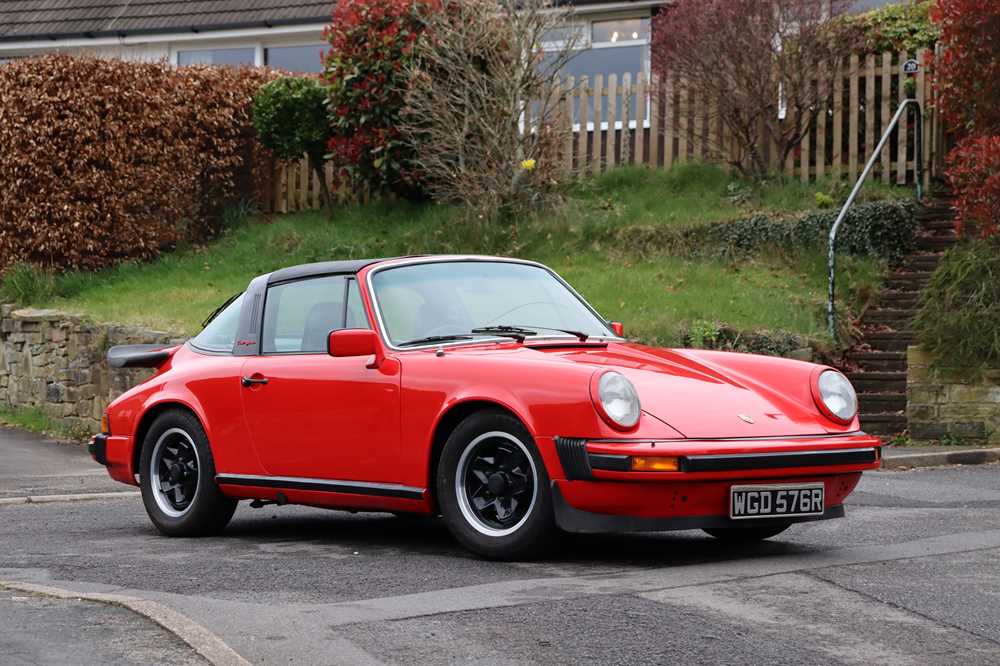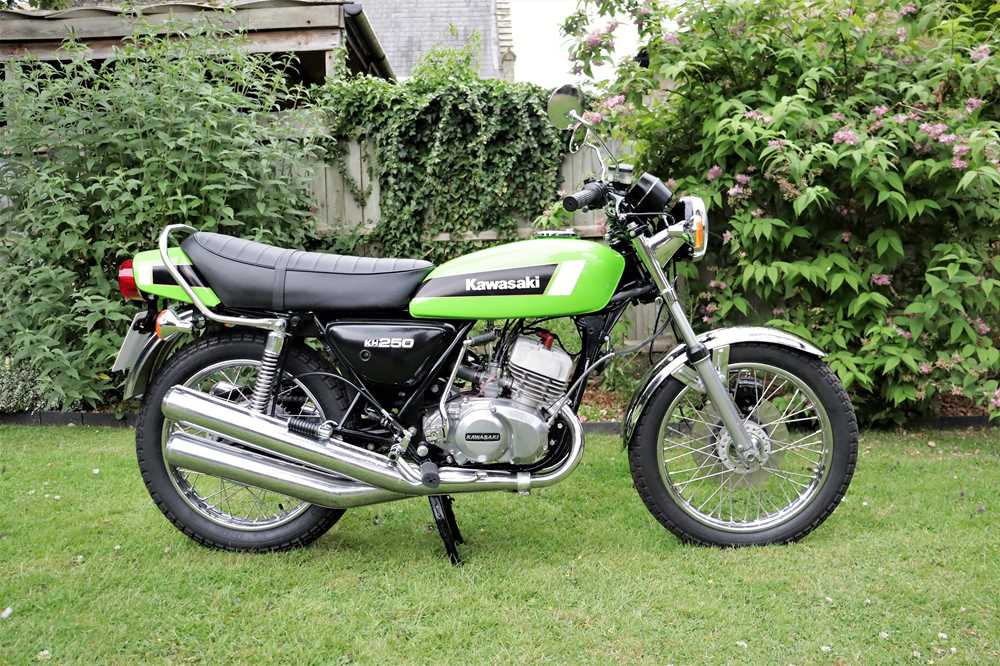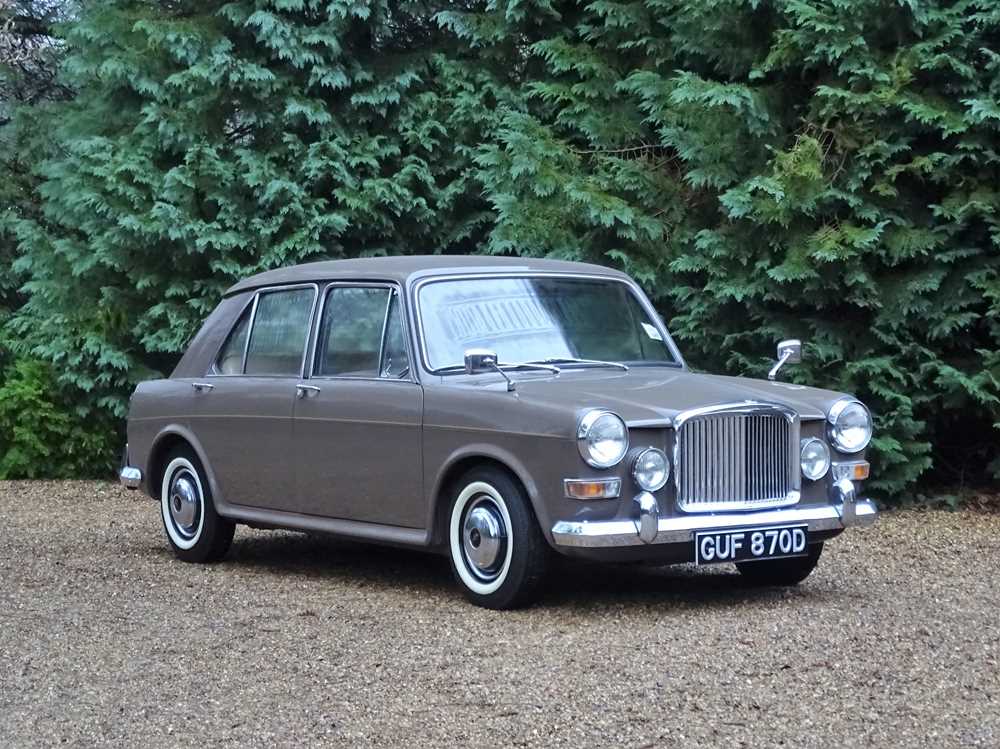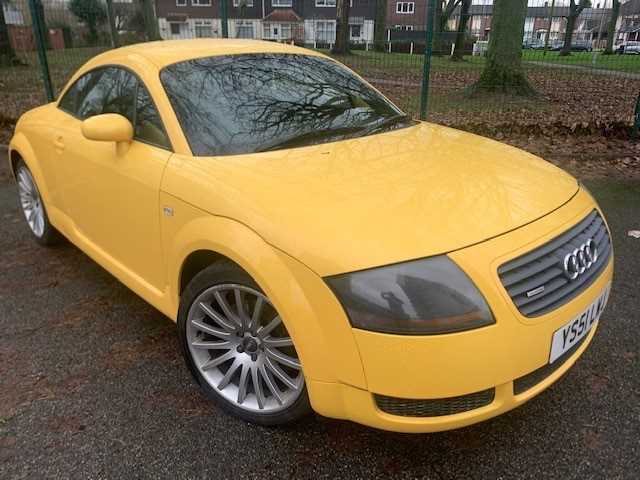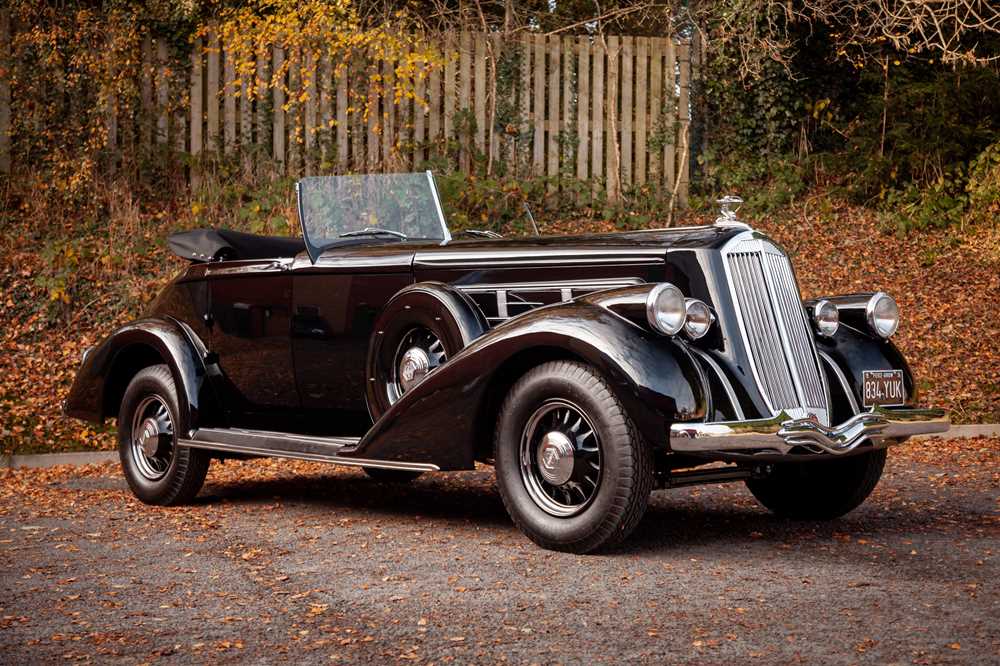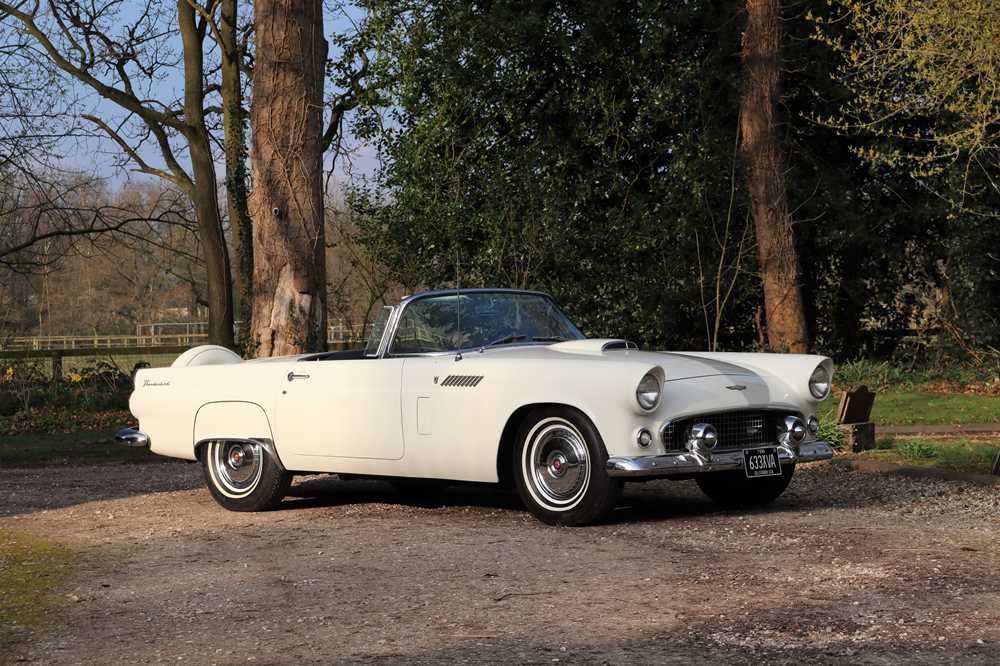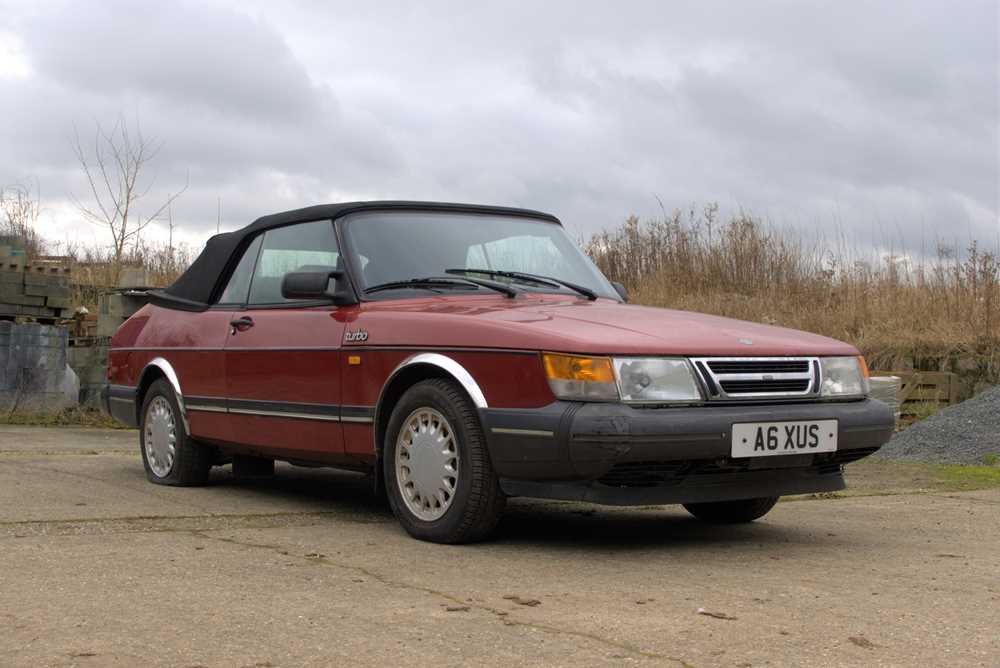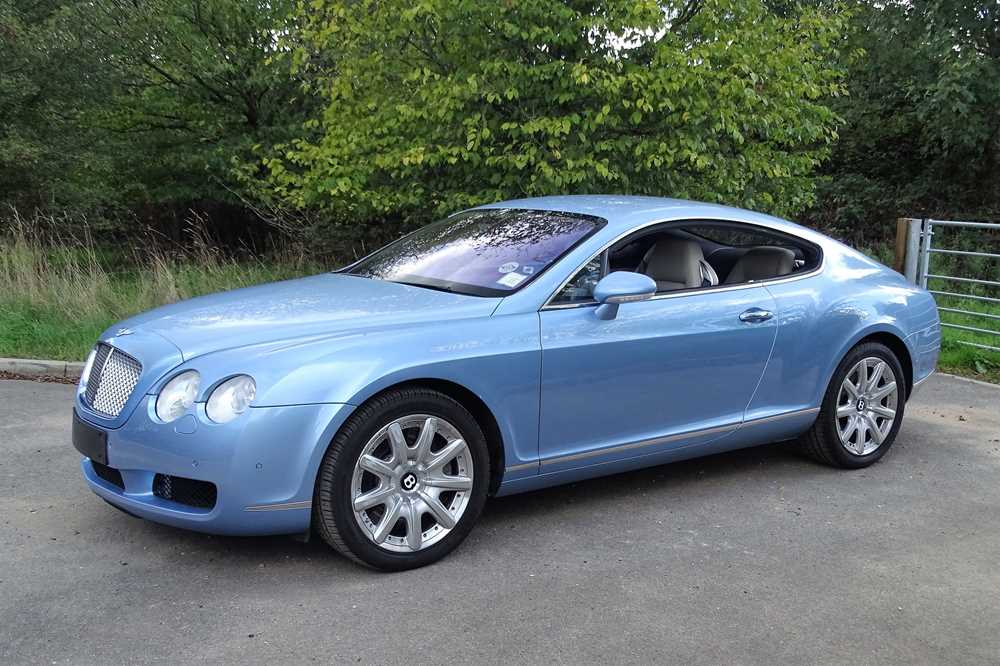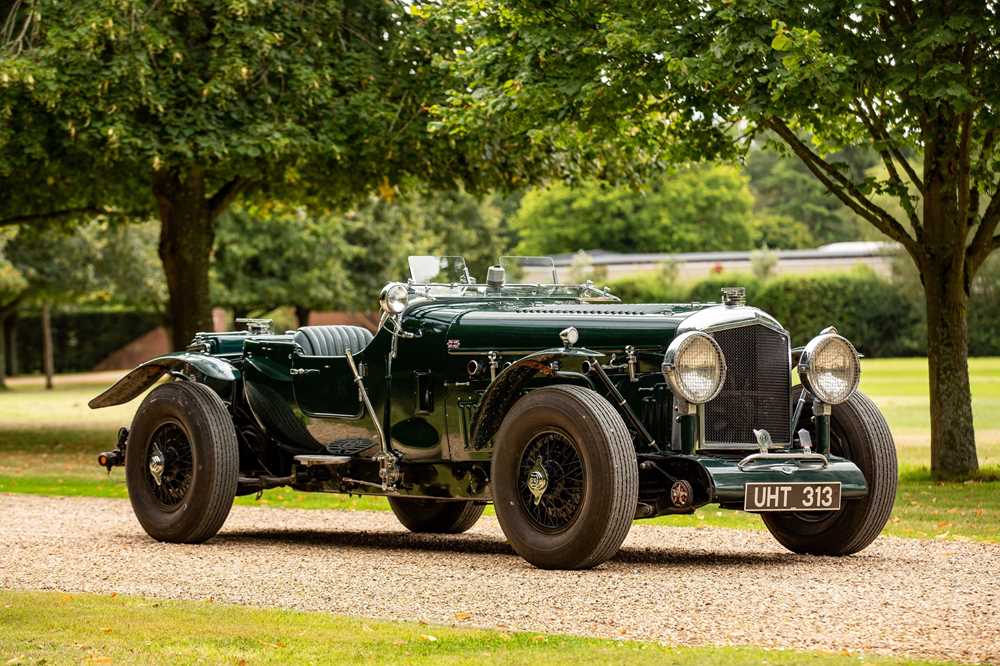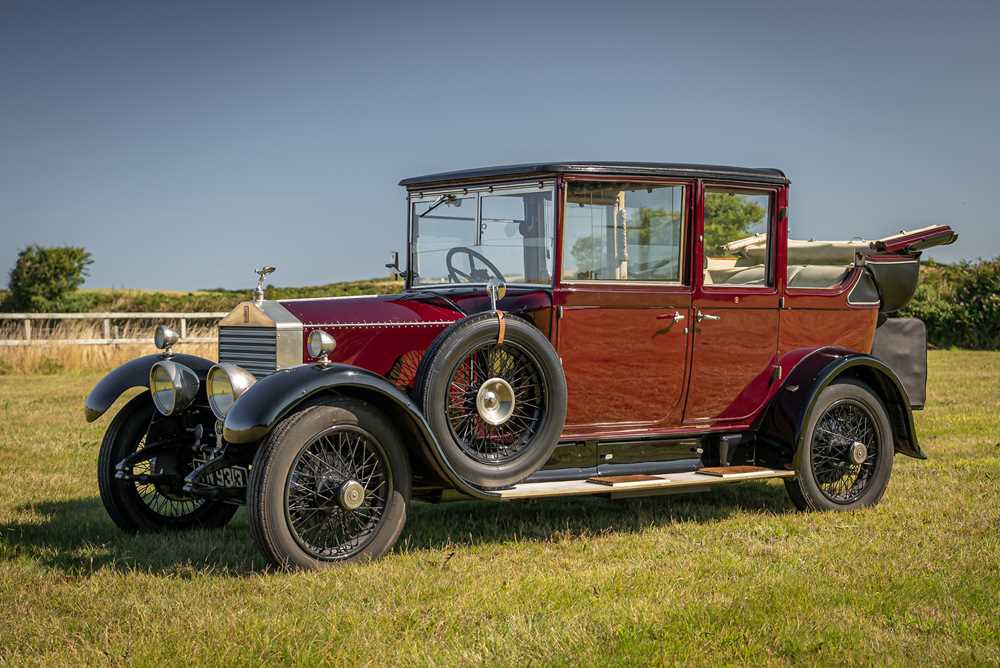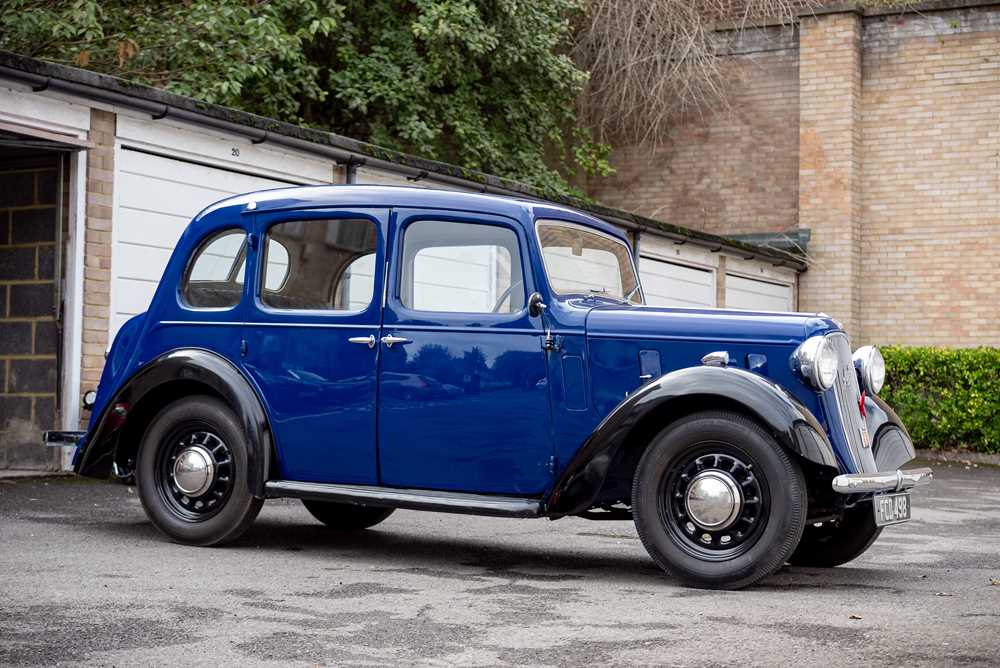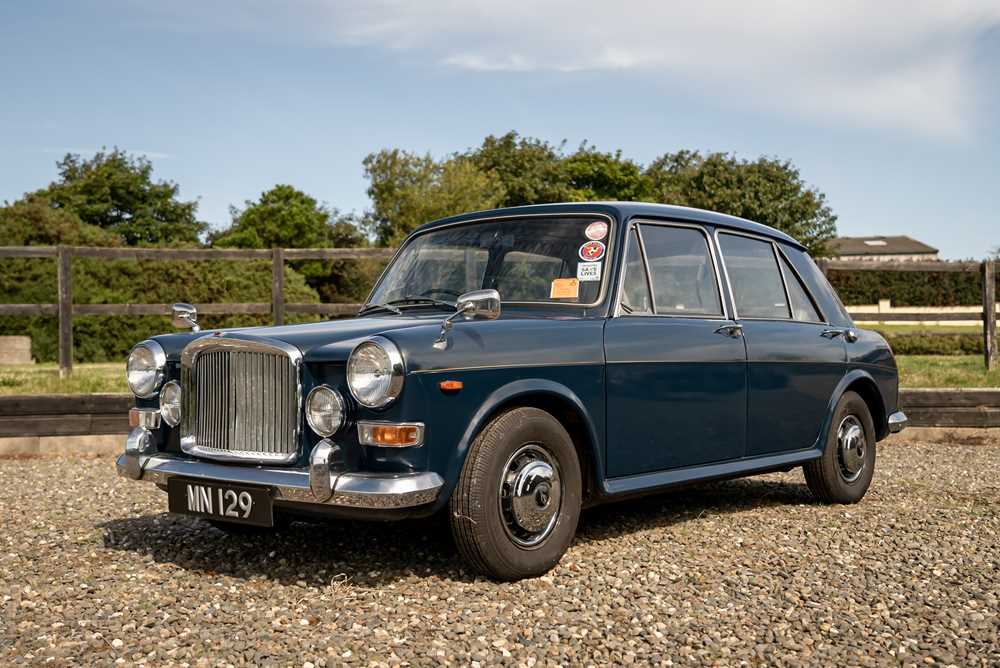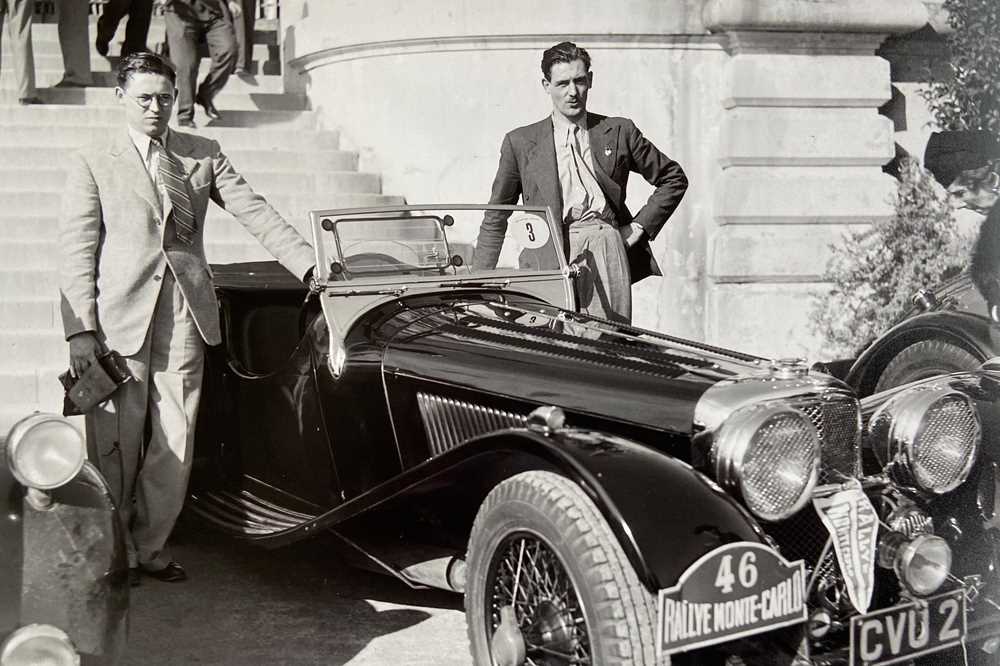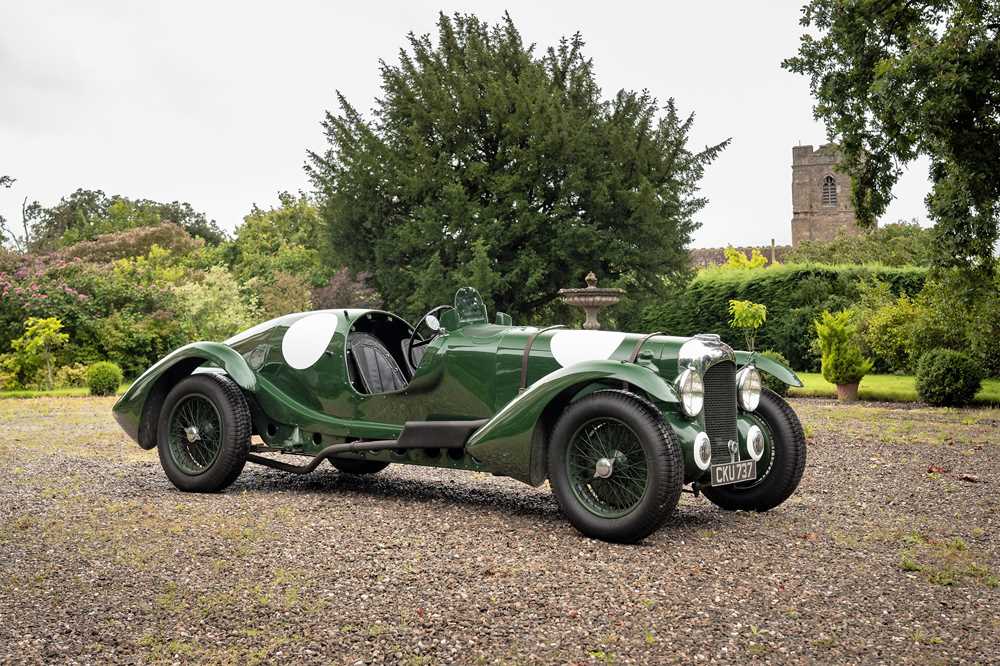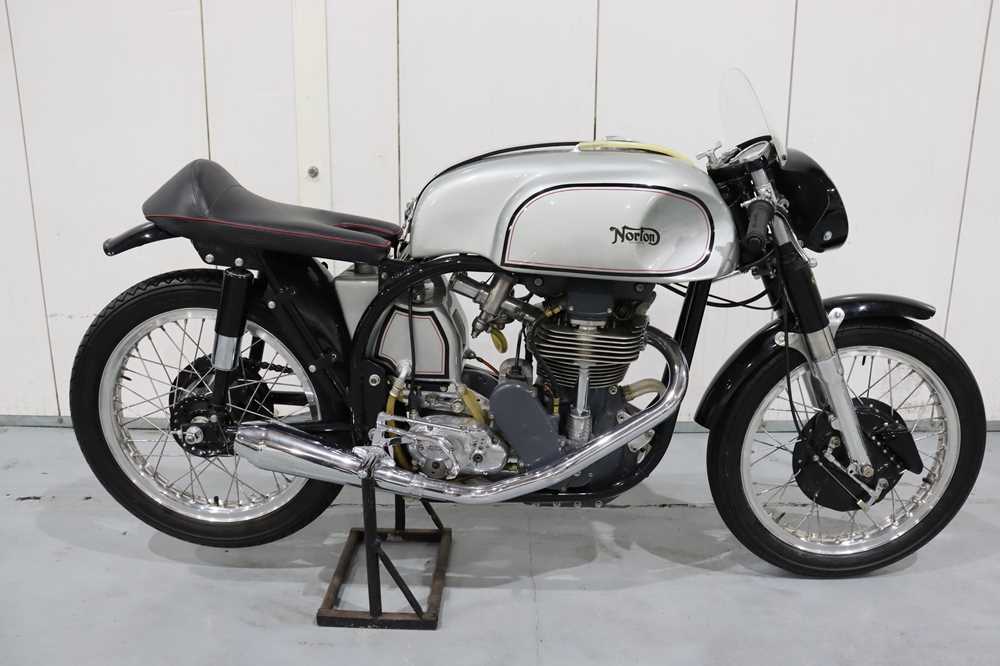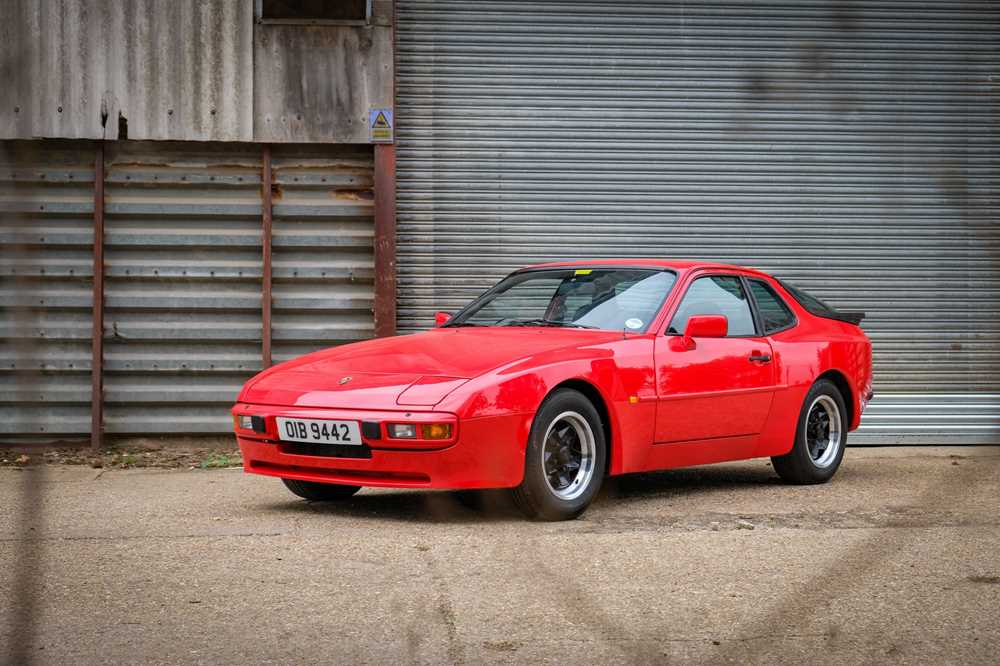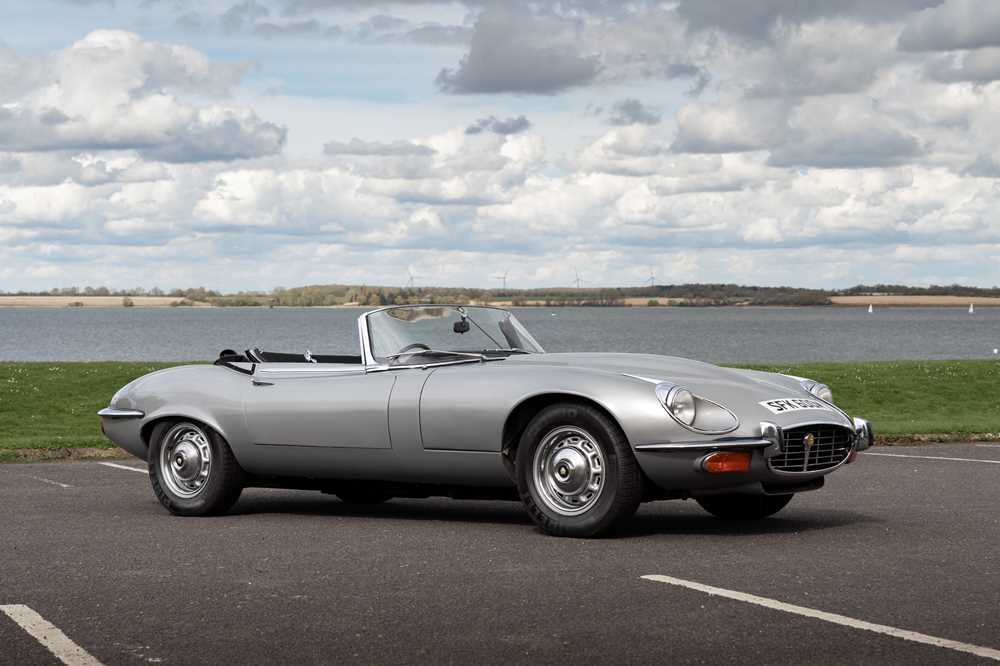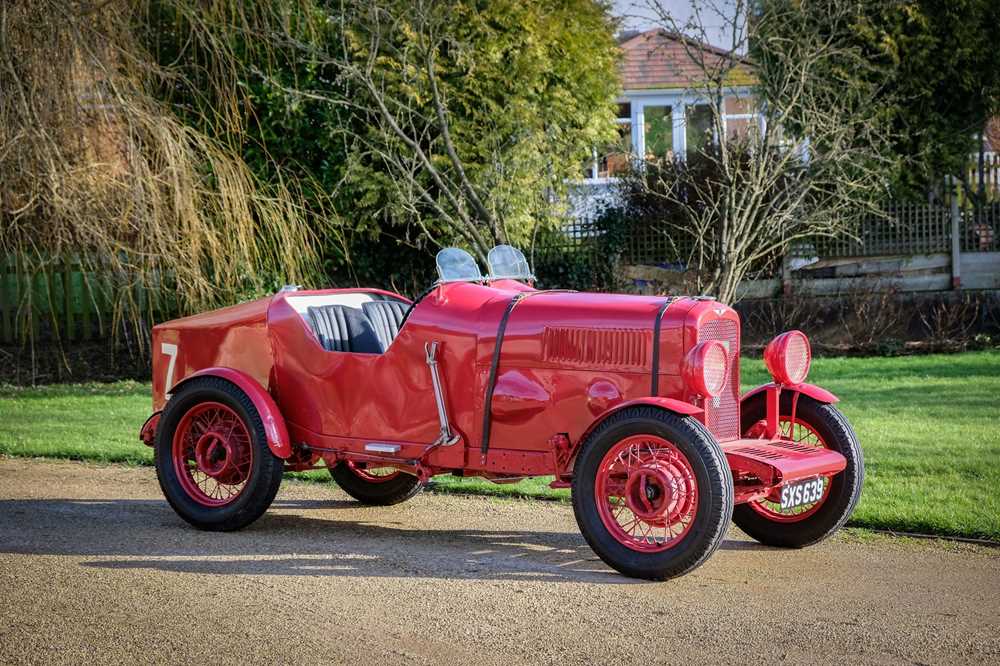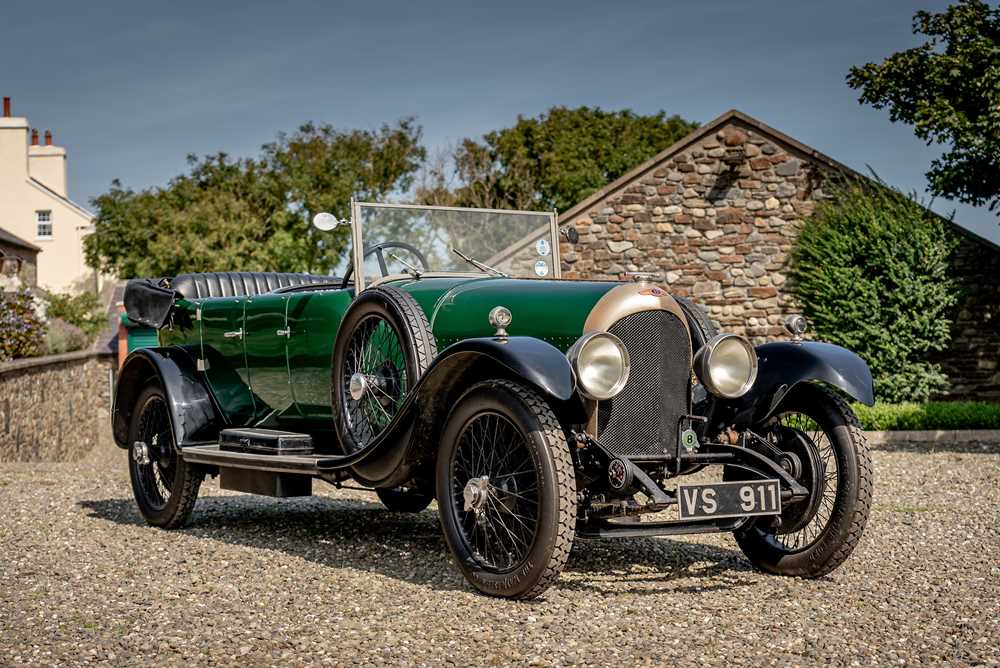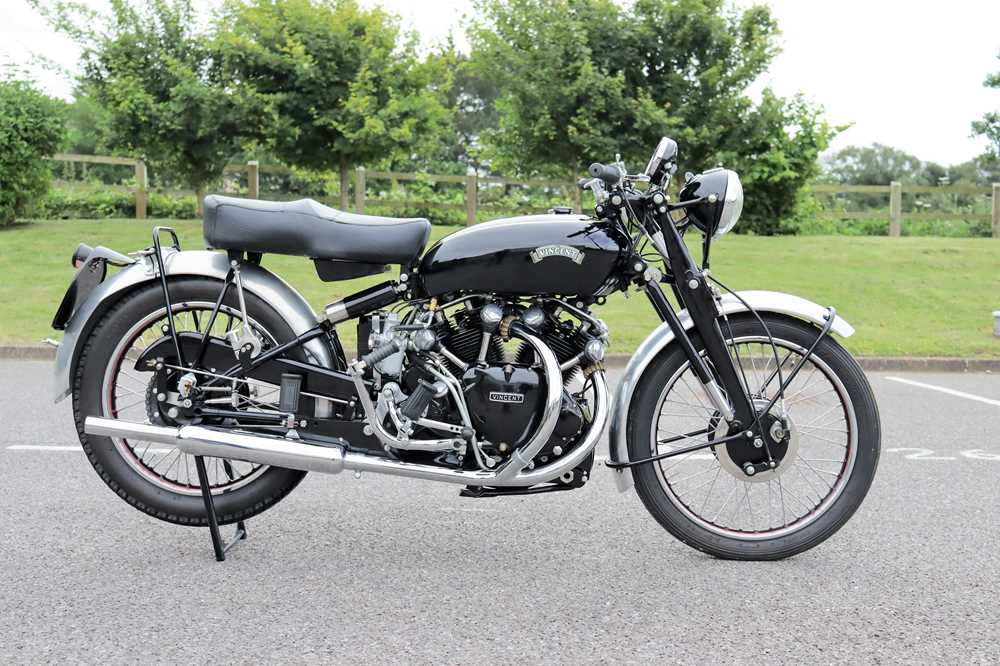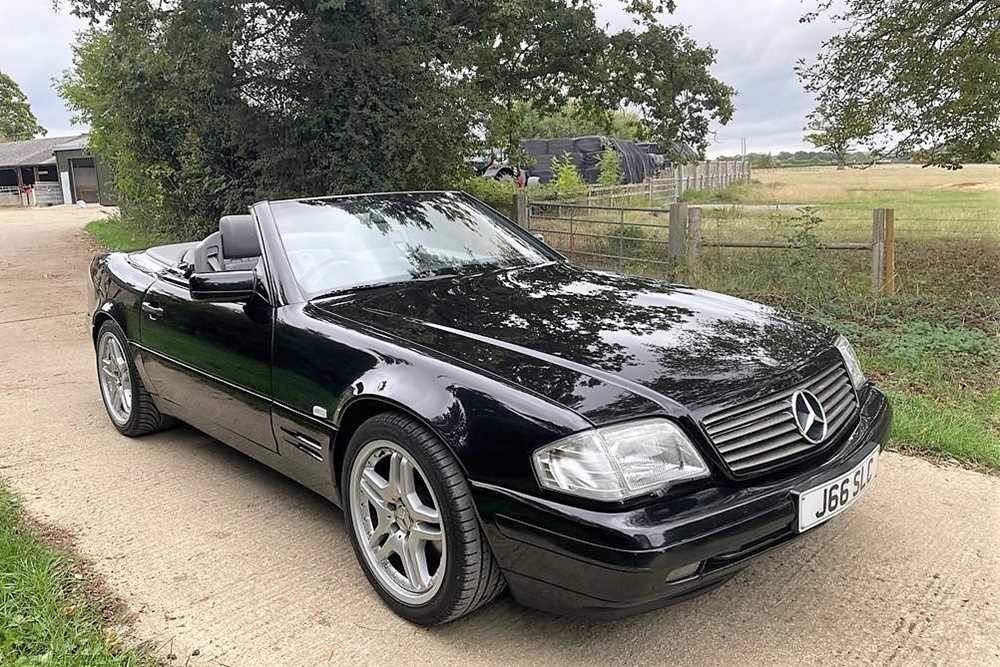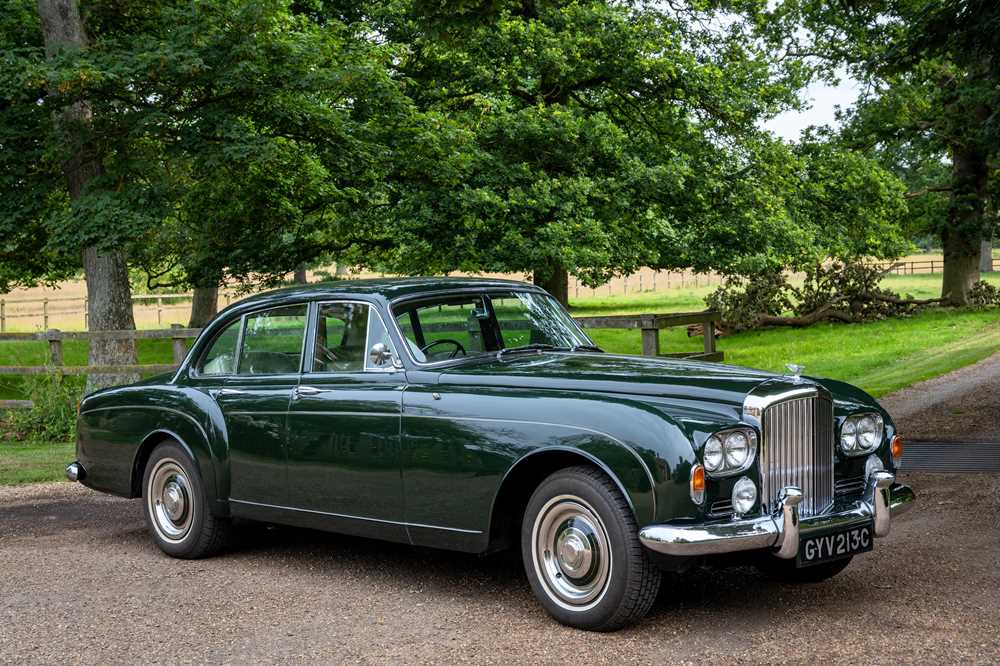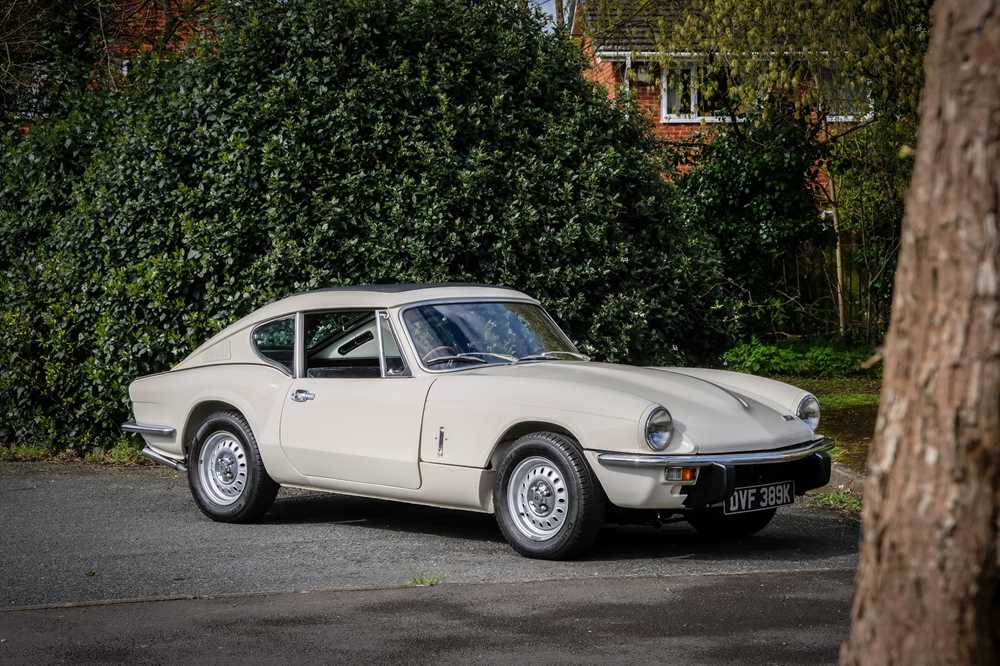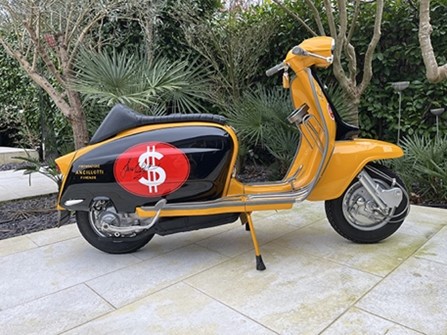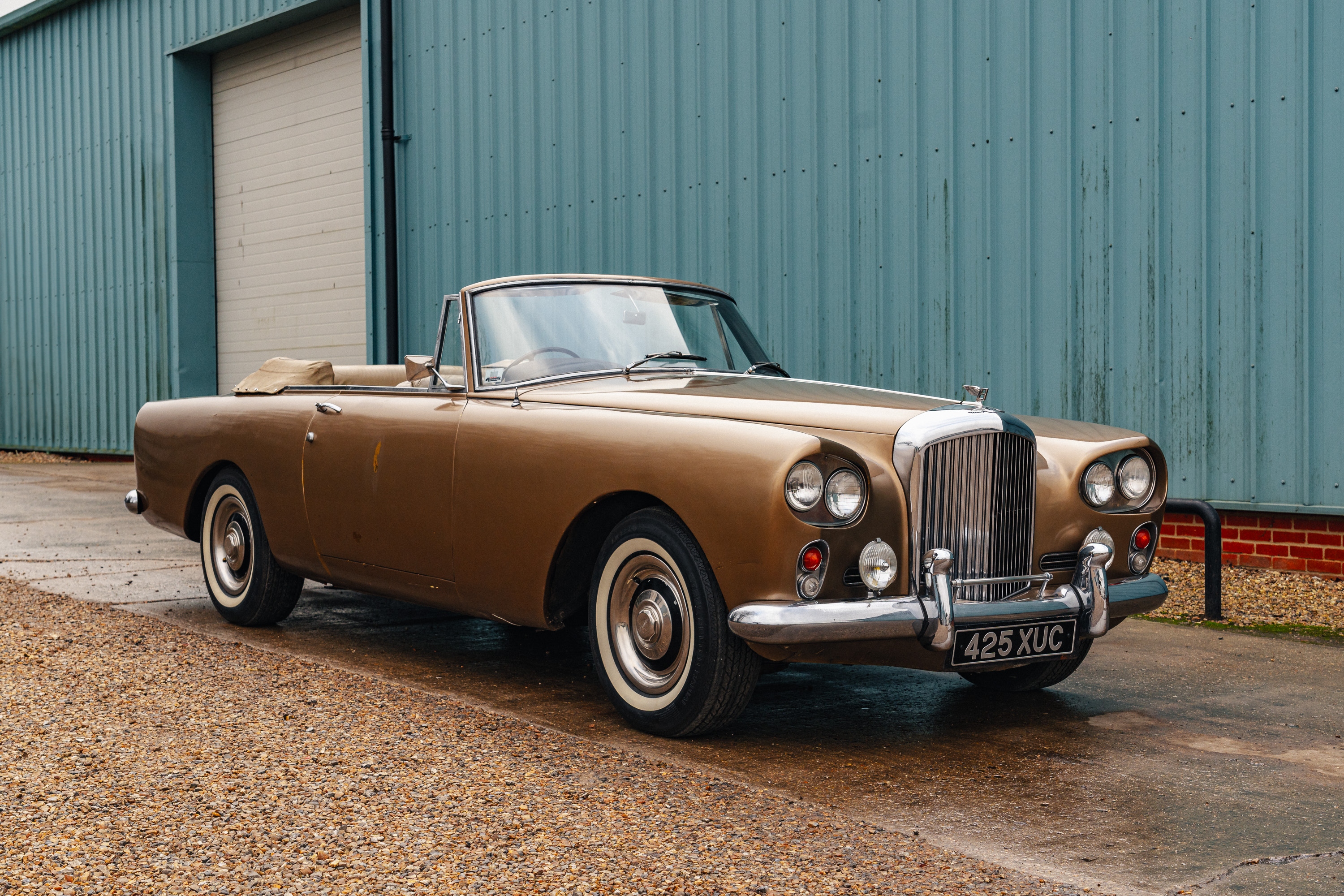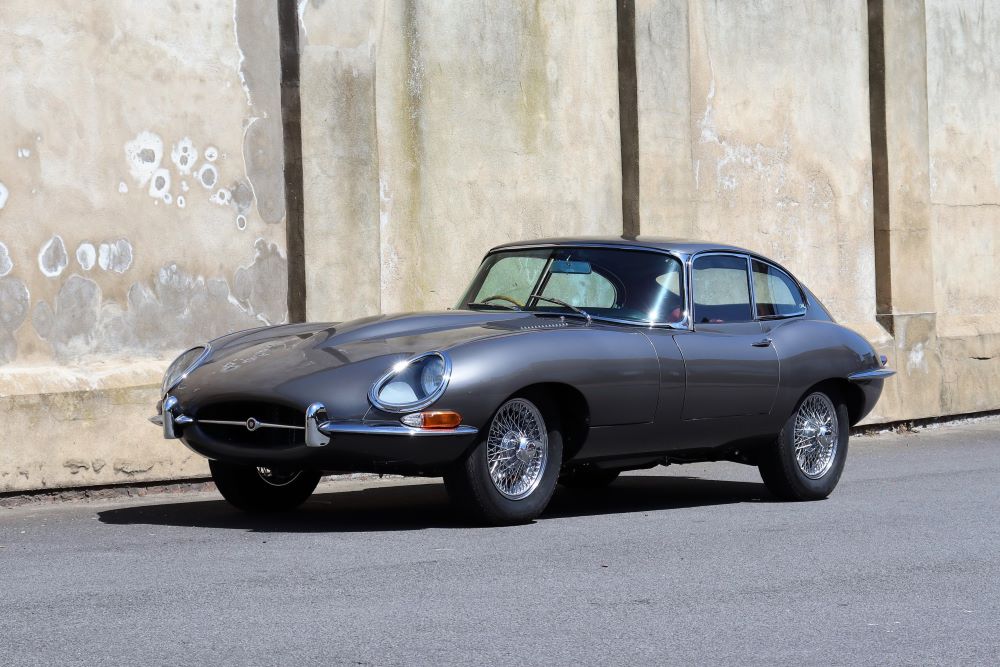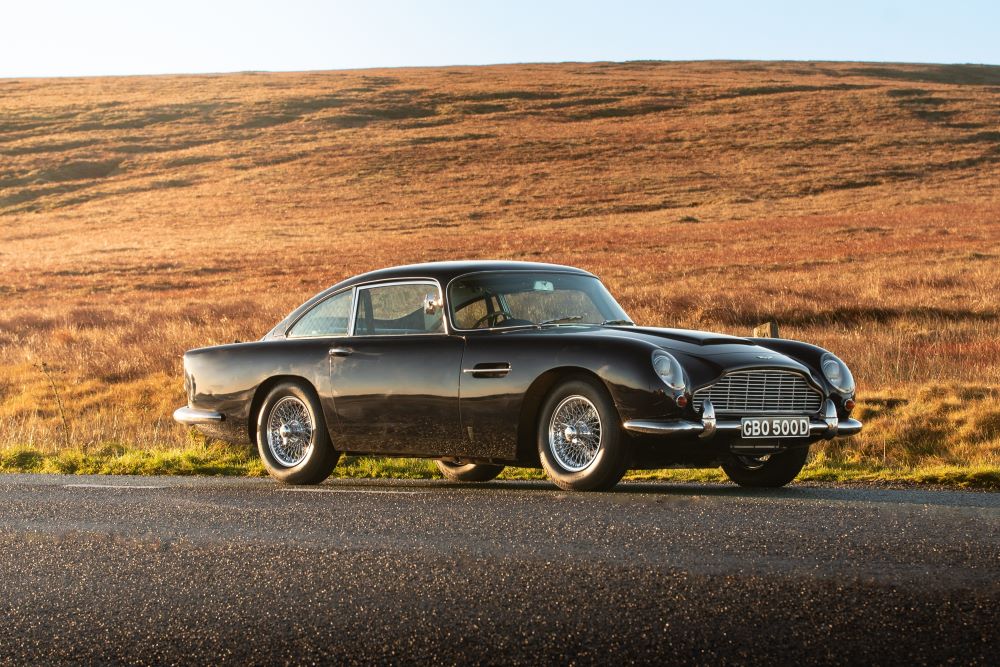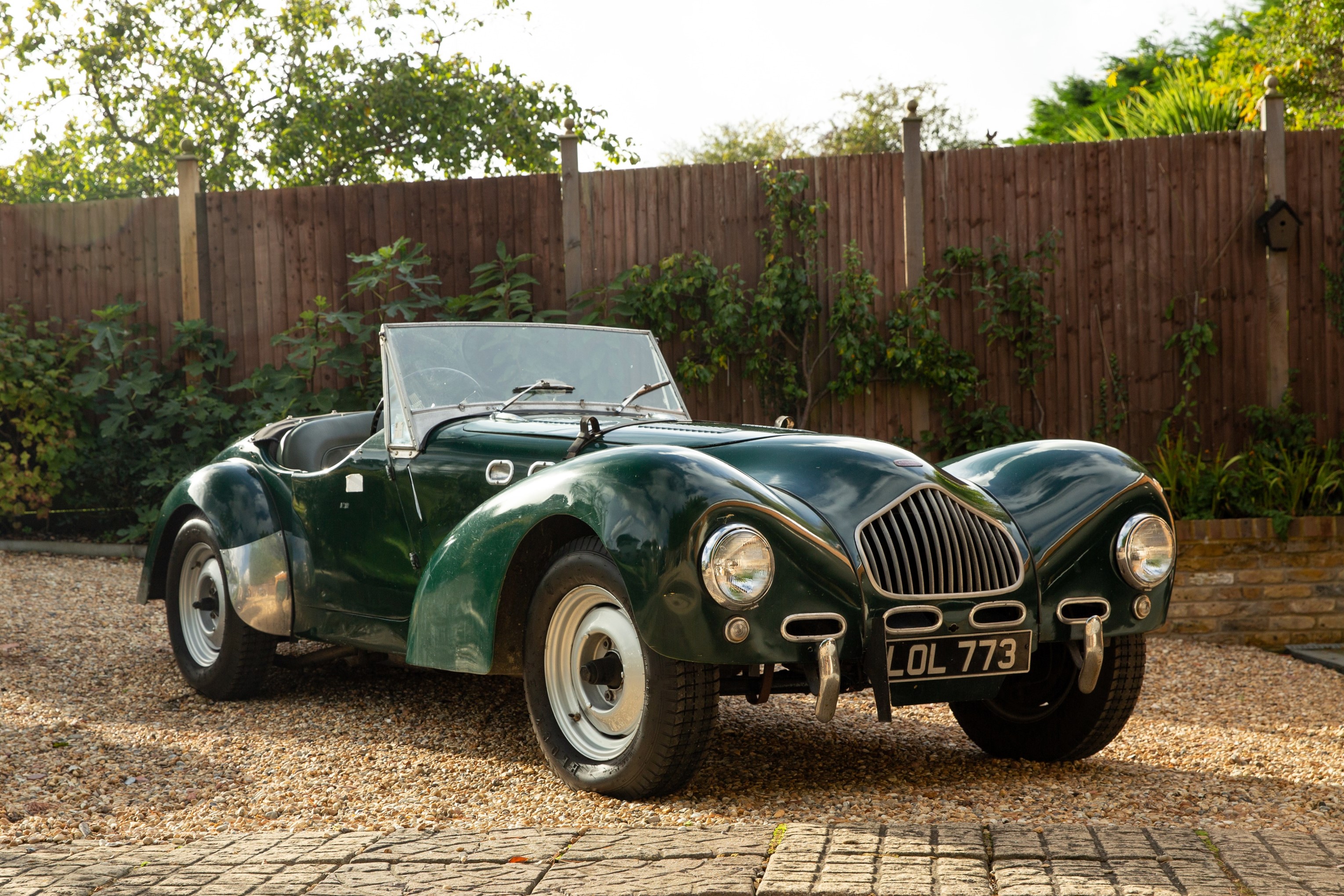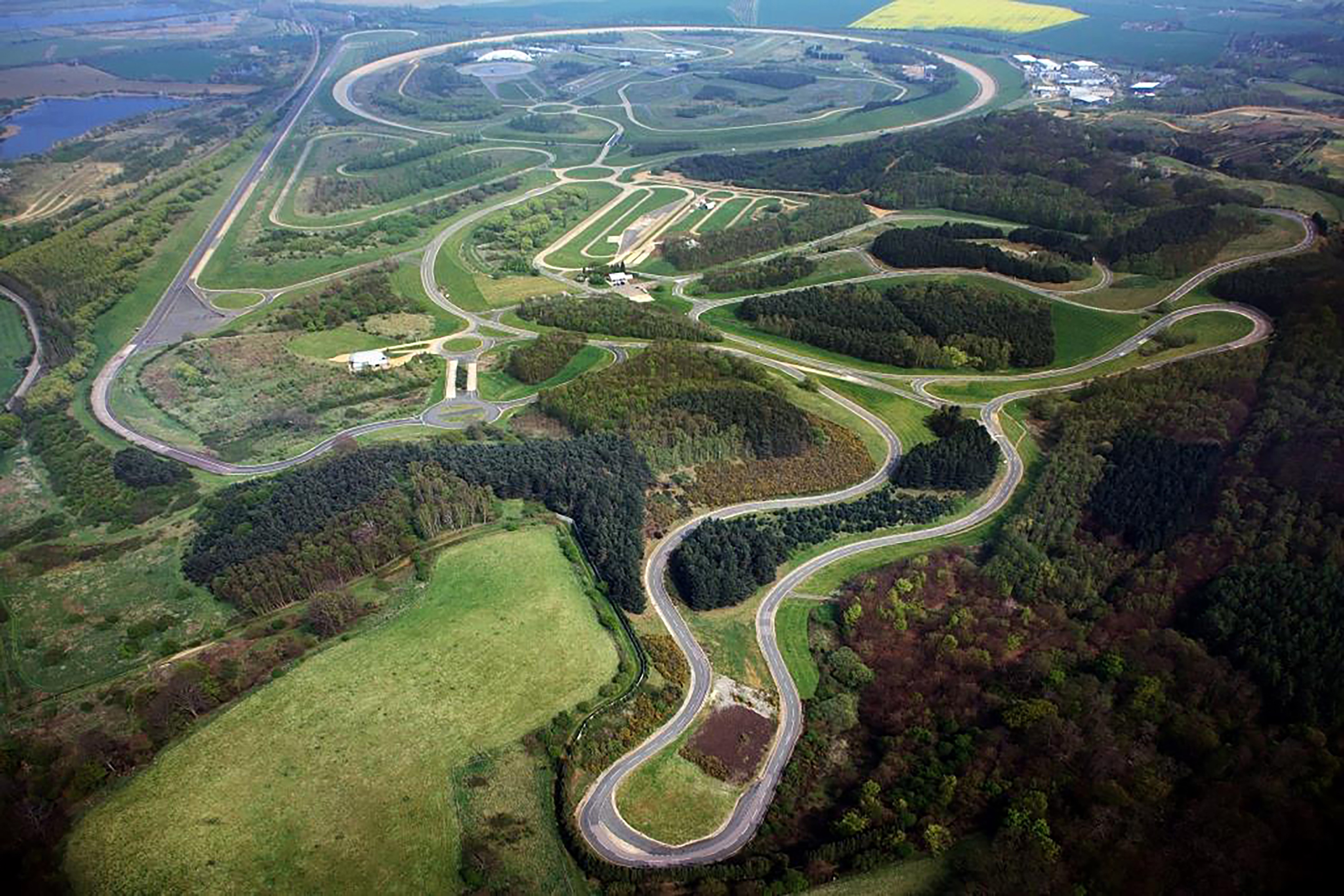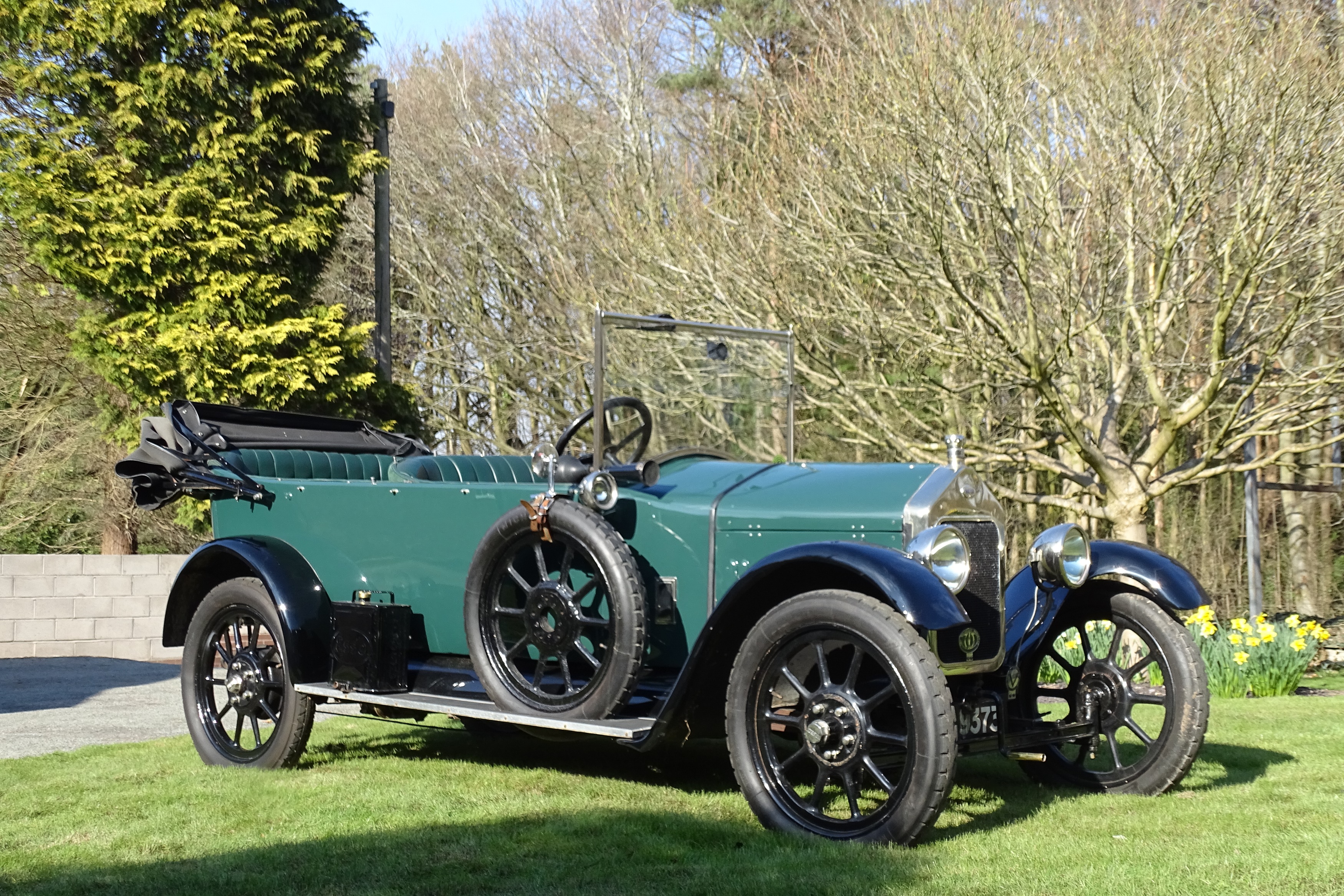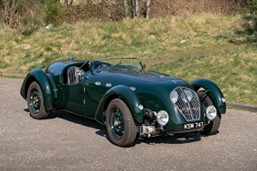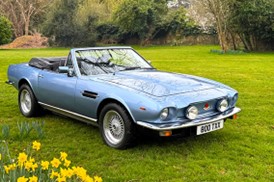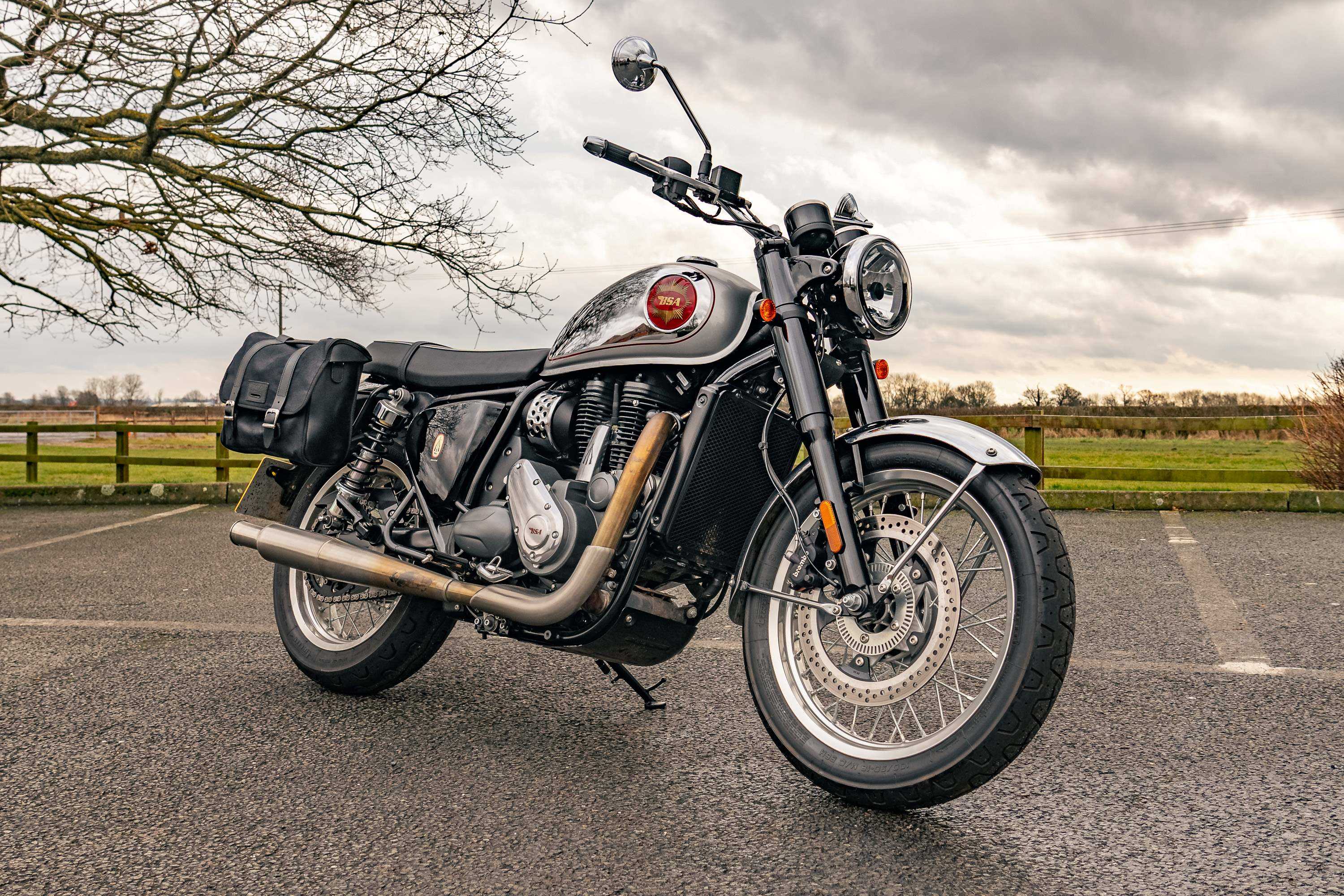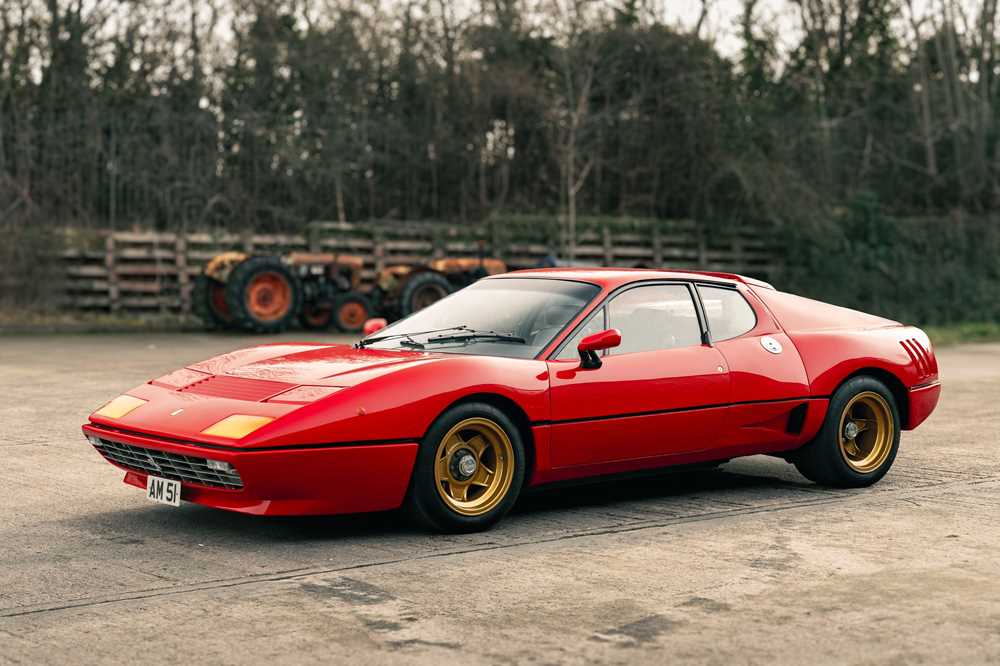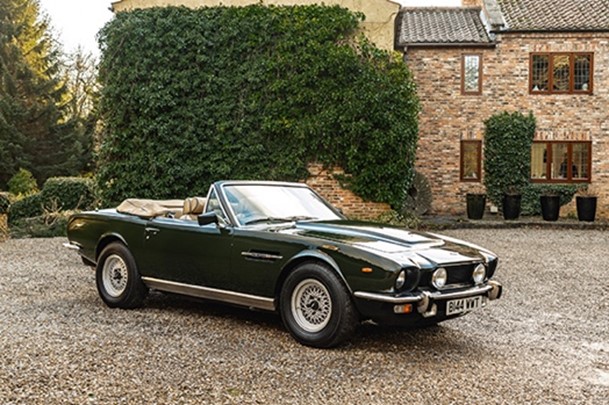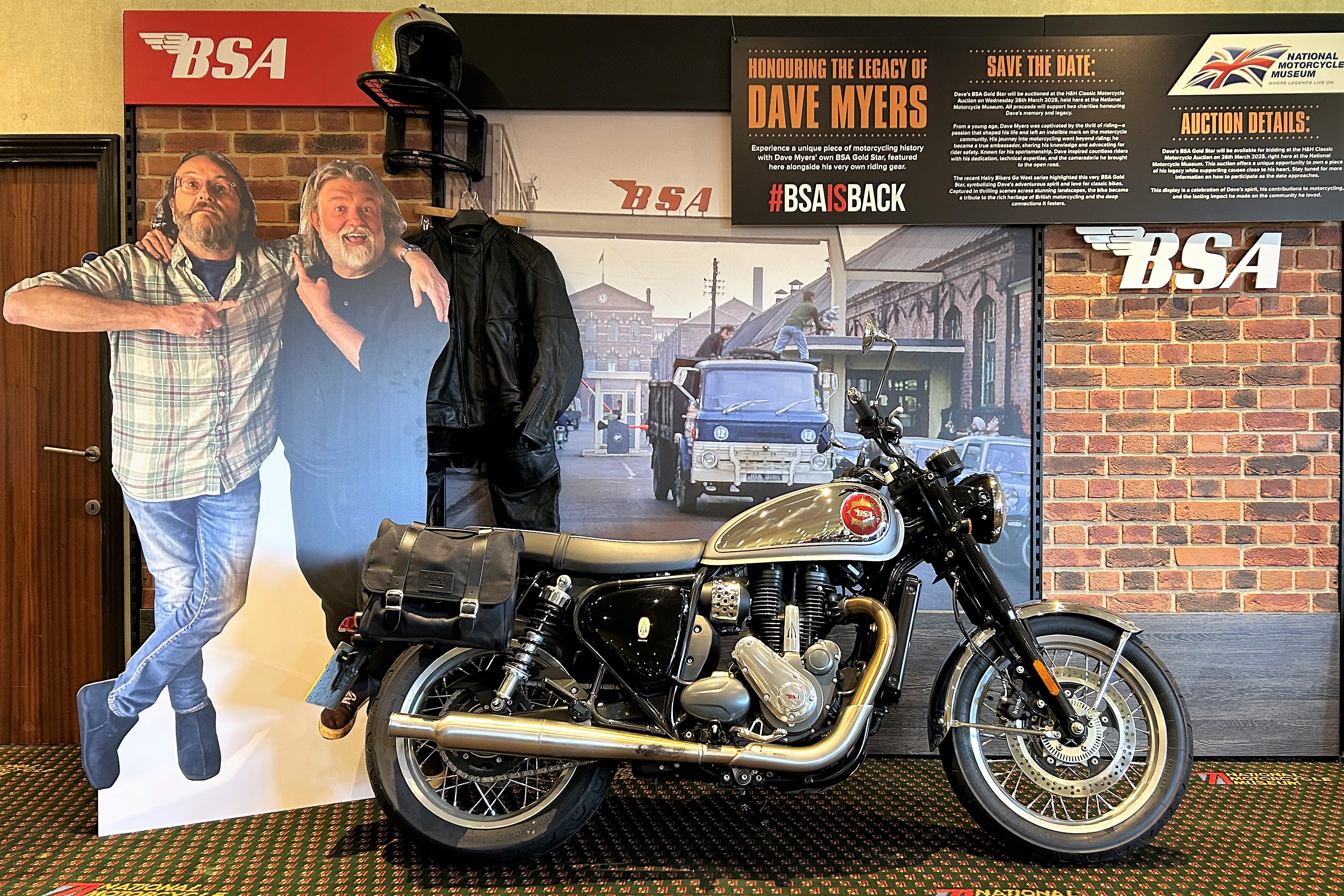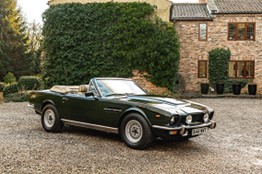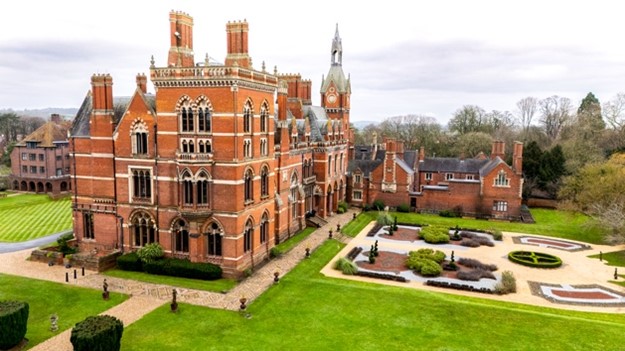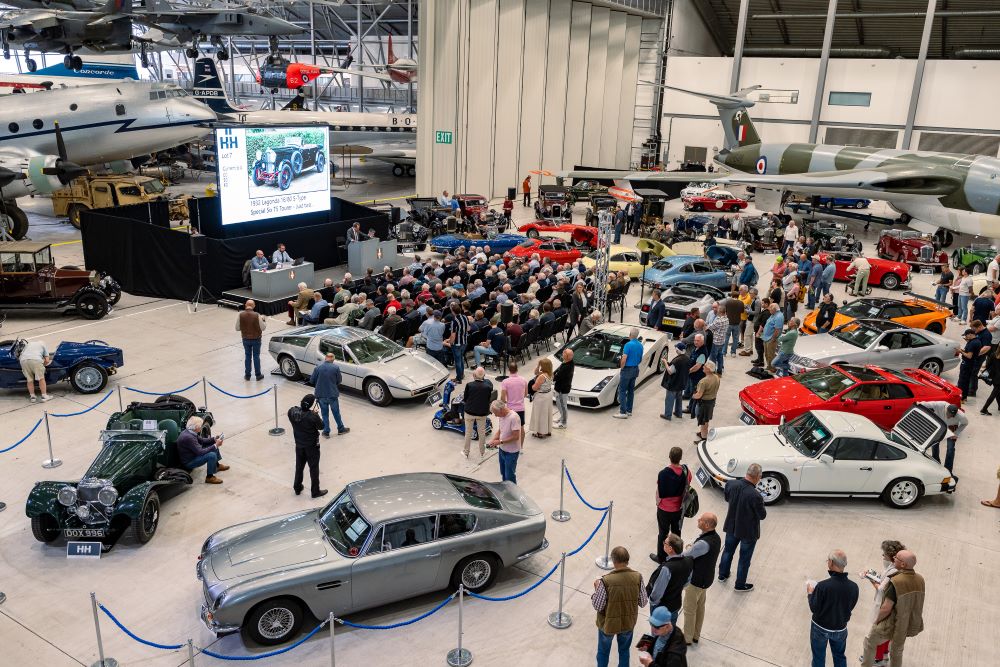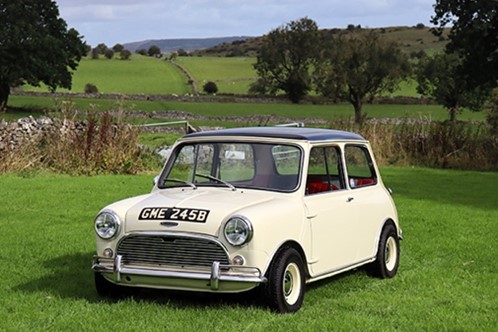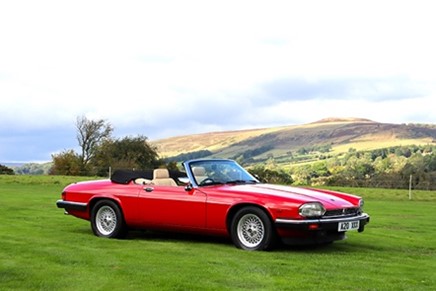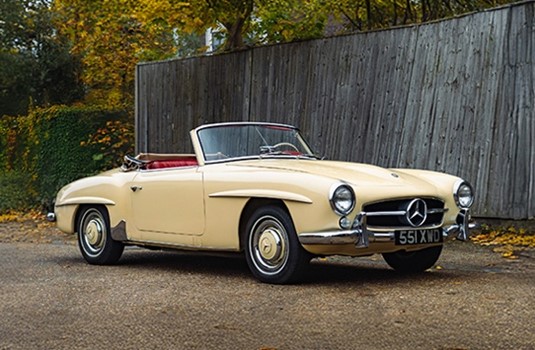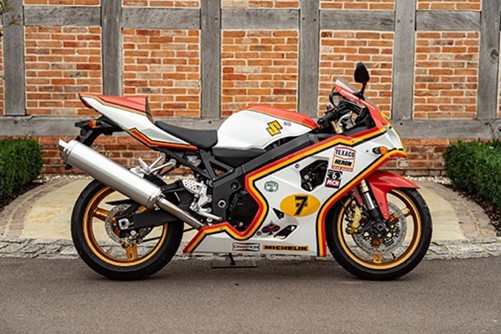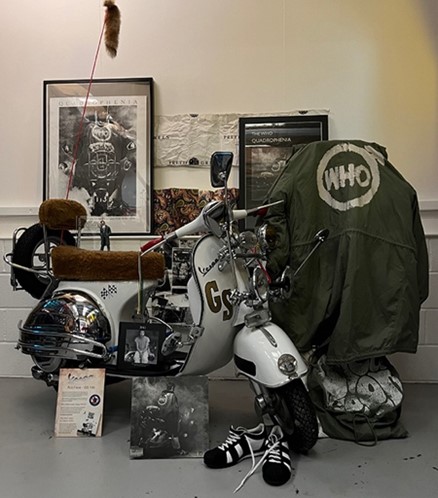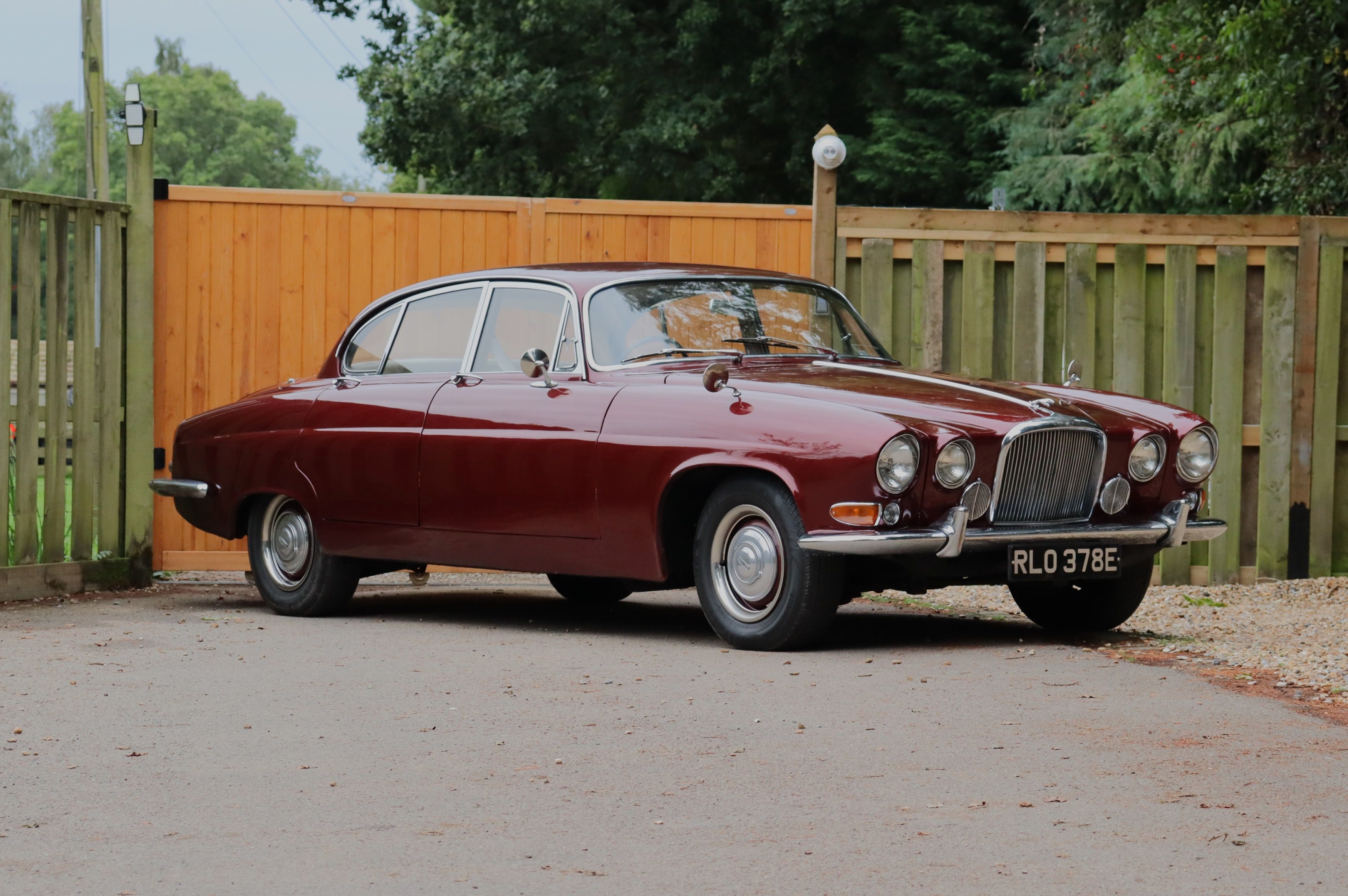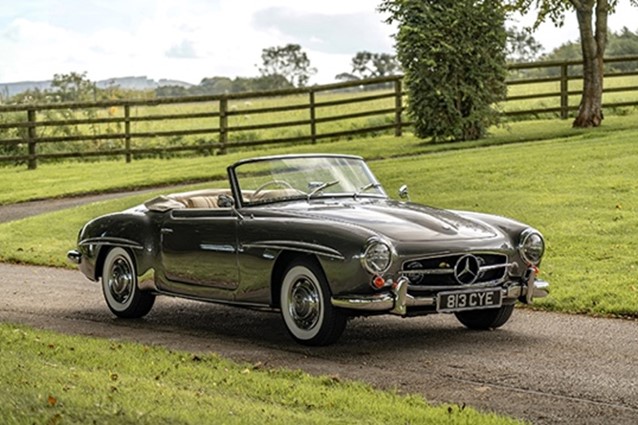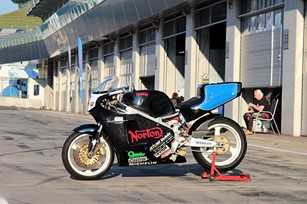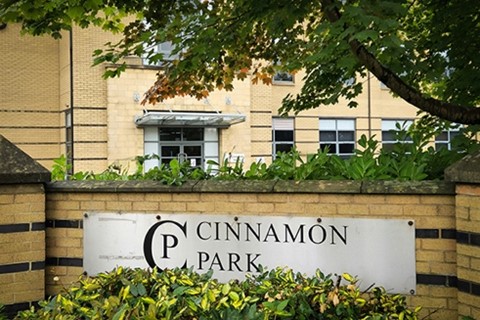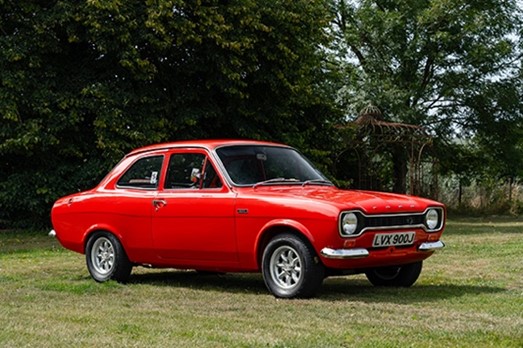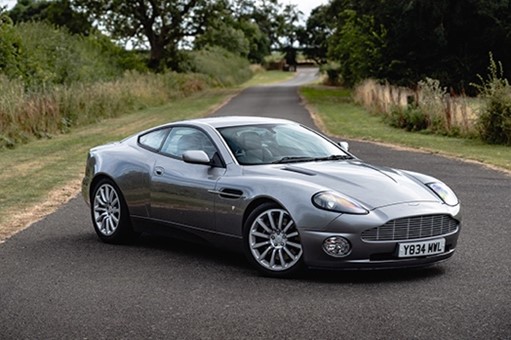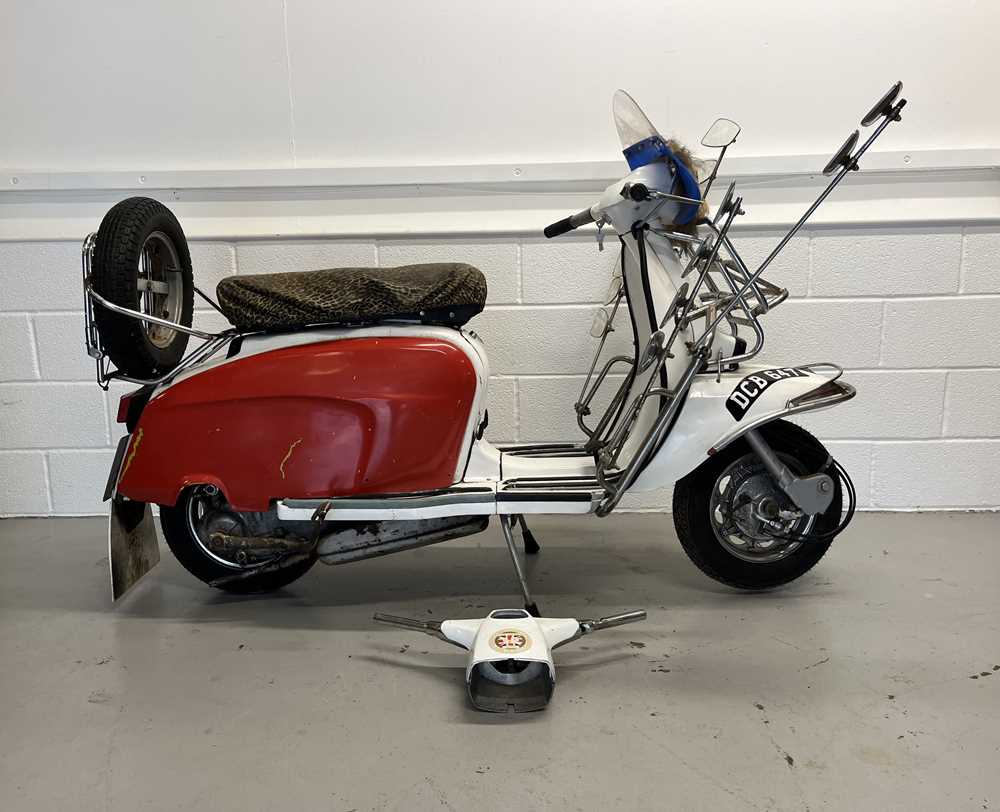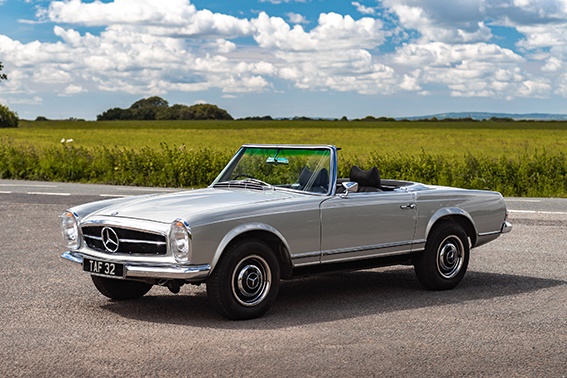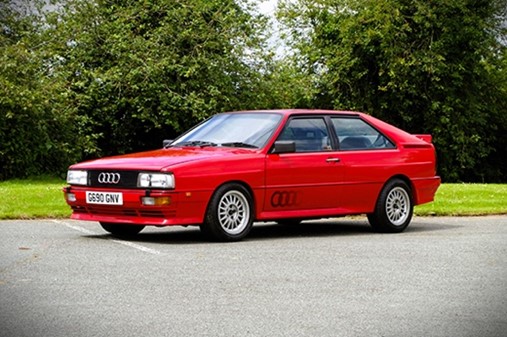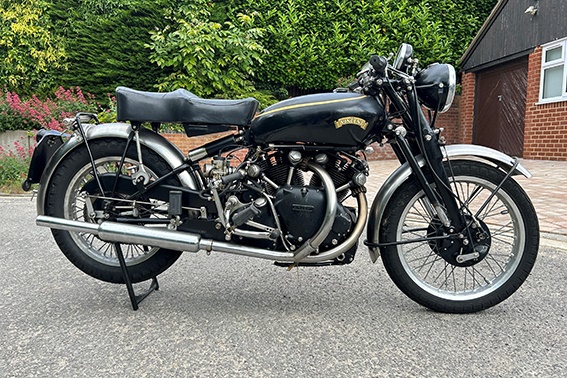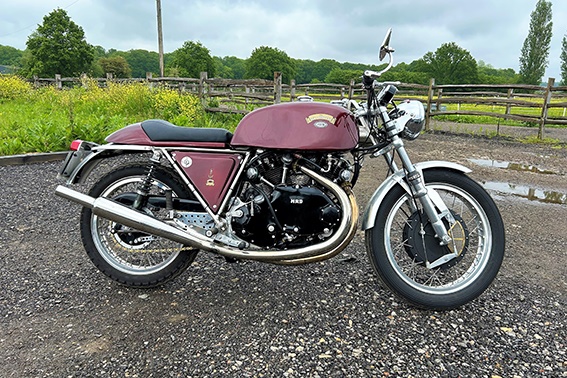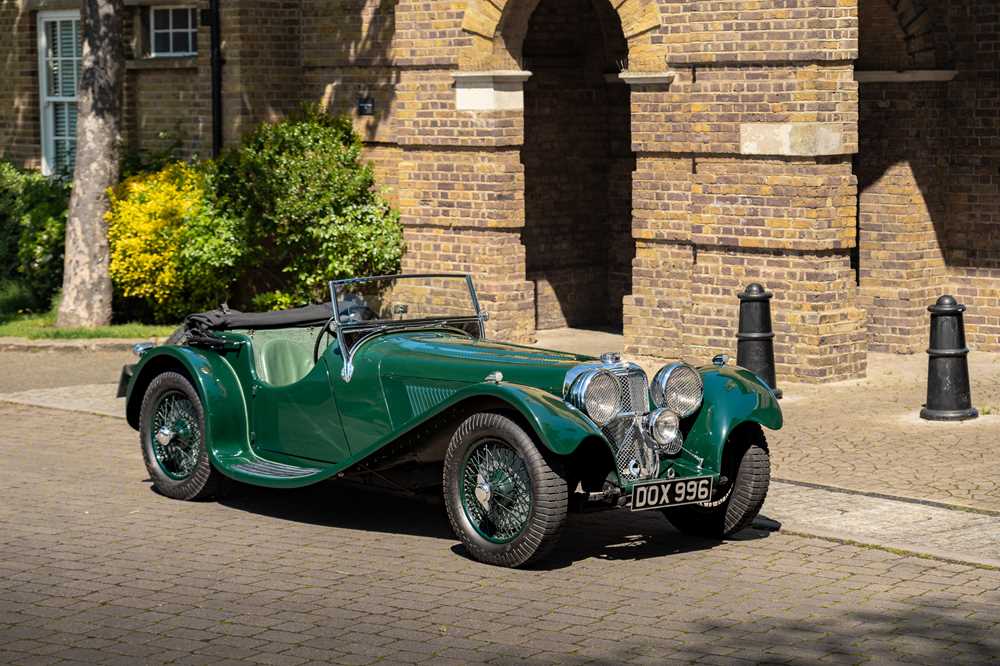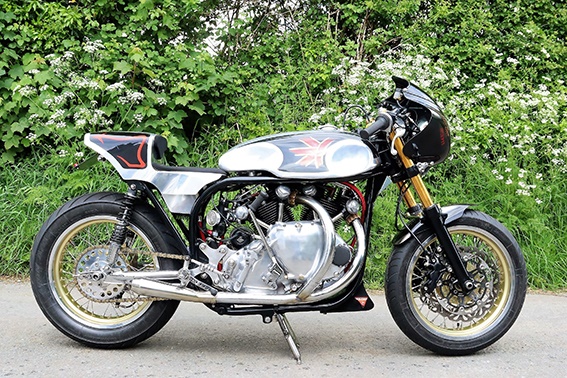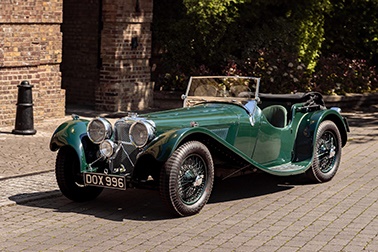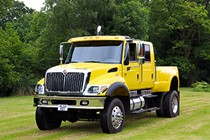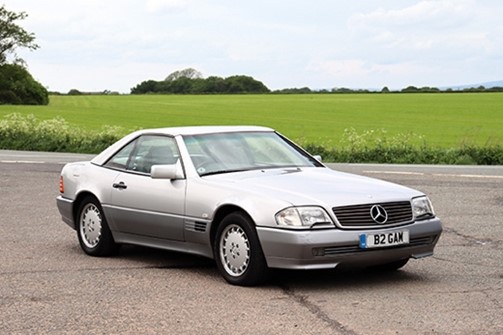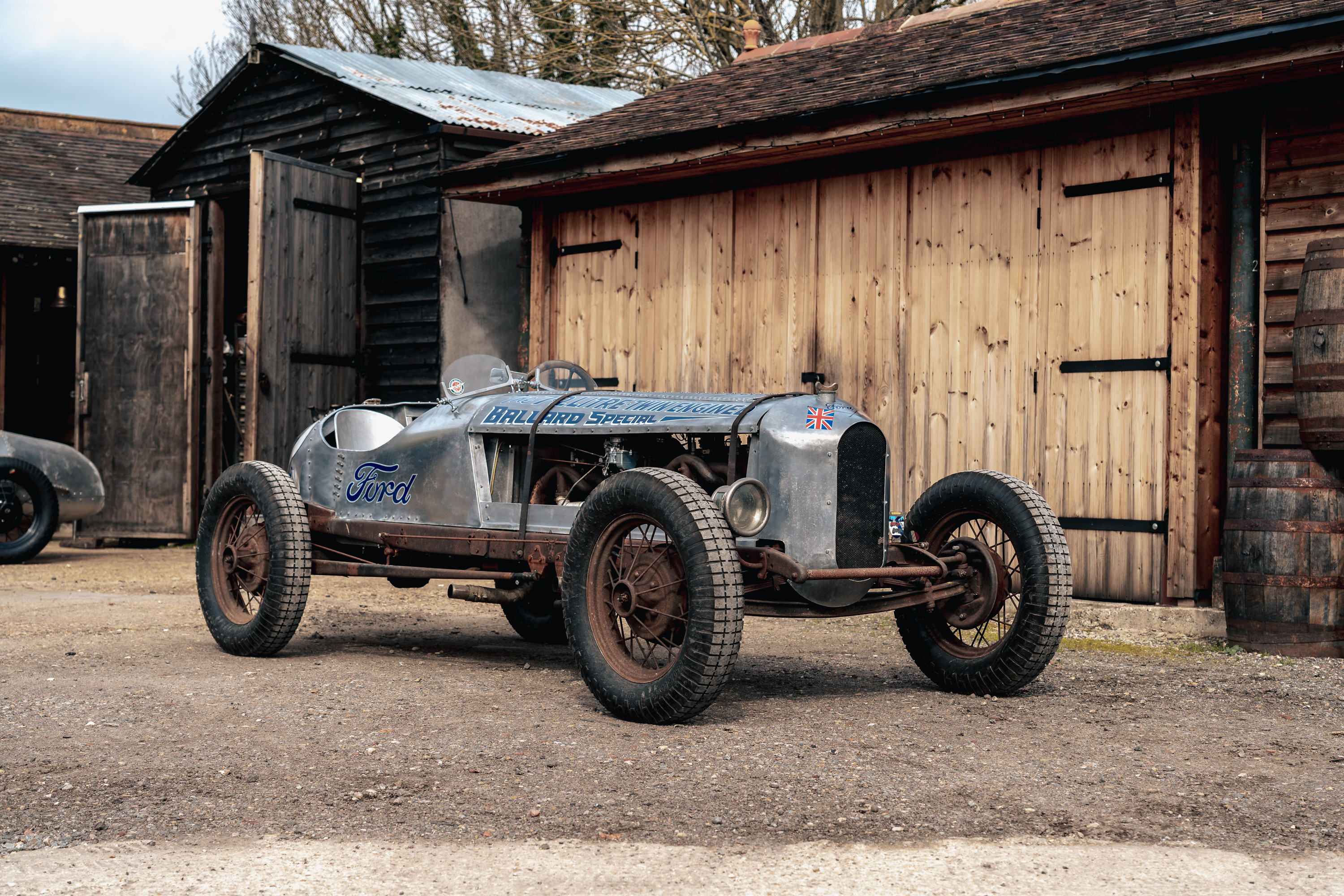24th May, 2006 0:00
Syon House

1936 ERA/Riley Brooke Special
Estimated at £130,000 - £160,000
Lot details
Registration No: N/A
Chassis No: 7CHF157
Mot Expiry: N/A
Born on September 12th 1910 in the Rusholme district of Manchester, Henry Leslie Brooke was bitten by the racing bug at an early age. A motor spares dealer and scrap metal merchant by profession, he decided to build (or have built) his own single-seater in 1936. Based around a suitably modified Riley Imp ladder-frame chassis, it was powered by an 1100cc six-cylinder MG K3 engine. Entered for a variety of events during the 1937 season including the Imperial Trophy at Crystal Palace on October 9th where it encountered the Maseratis of Count Piero Trossi (4CM), Count "Johnny" Lurani (4CM), Luigi Villoresi (6CM) and Archie Hyde (8CM) not to mention the ERAs of Raymond Mays, Arthur Dobson, B.Bira and Peter Whitehead, Brooke's MG-Riley (as it was then known) met with little success. Thoroughly revamped over the winter break, it remerged the following year with Andre Girling independent front suspension, an ENV pre-selector gearbox and Zoller supercharger. Notably more competitive, it ran in the May 7th JCC International Trophy Race (Brooklands), June 28th London Grand Prix (Crystal Palace) and August 27th JCC 200 Mile Race (Brooklands) before finishing fourth in heat during the October Crystal Palace meeting.
Constantly searching for a performance edge, Brooke experimented with a variety of MG, ERA, Alta and Dixon-Riley powerplants throughout the 1938 and 1939 seasons. With a normally aspirated but Freddie Dixon prepared 1750cc Riley six-pot under its bonnet, the Special had three particularly memorable Brooklands outings coming third in a Mountain Handicap (March 1939), second behind a Maserati 8CM-mounted B. Bira in the International Trophy (May 1939) and third again in the last race staged at the famous Weybridge circuit. The same unit also propelled the Brooke Special to second in the 2-litre unsupercharged class at Shelsey Walsh on 3rd June 1939 with a time of 43.6 seconds. Switching to Alta power for two Crystal Palace meetings that year, the young Mancunian driver scored a fourth in the May event (he took delivery of a blown 1.5 litre Alta engine on 28th April 1939 but is also known to have run with a 2 litre version). Reputed to have competed in the 1938 South African Grand Prix and Albi Grand Prix (using a force-fed ERA motor in the former race), the Brooke Special was laid-up during World War 2.
Emerging from hibernation bereft of bodywork but with a blown 1.5 litre ERA engine up front, it took part in the June 1946 Shelsey Walsh hillclimb meeting. Hampered by wet conditions, the denuded single-seater recorded a best time of 47.62 seconds (a time it reduced to 46.21 seconds upon its return to Shelsey in September that year). Preoccupied by a pair of recently acquired ERAs (R7B and E-Type GP1), Leslie Brooke sold his famous Special to George Nixon in November 1947. A garage proprietor from Newcastle in Staffordshire, Nixon had his mechanics Tom and Fred Amos overhaul the car's unblown 1750cc six-cylinder engine (Brooke seemingly retaining the ERA unit as a spare) as well as fitting new bodywork and a twenty-five gallon fuel tank. Making his competitive debut in the Isle of Man Manx Cup Race, the Special's new owner rose from third (lap 10) to second (lap 15) and finally first (lap 16) before pulling away from the rest of the field to cross the finishing line at an average speed of 61.07mph. Recounting the experience for the 'Riley Record', Nixon gave thanks to "Leslie (put your clog down and hang on) Brooke particularly for the adapted Andre-Girling front suspension and 14in. two-leading-shoe Lockheed stoppers. Thanks are also due to Freddie Dixon for the pre-war work done on the engine. It is an early 6-cylinder Riley of 1,749cc with ERA type rods and crankshaft, six SUs, and (whisper it) 15:1 compression ratio". Nixon's victory was all the more impressive given that he had suffered two burnt out pistons during practice and was still running-in the hurriedly rebuilt engine over the first few laps of the race!
Progressing to an A-Type ERA, Nixon passed the Brooke Special onto fellow racer and BRDC member Ken Downing in 1949. Retiring from that year's Manx Cup, Downing coaxed a third and two fourths in Goodwood Handicaps, seventh in the Lavant Cup and eighth in the Madgwick Cup out of the ageing single-seater. In the search for more speed, he outfitted the Brooke Special with a 2 litre V12 Delage unit for 1950 (fed by no less than twelve Amal carburettors). Suffering from severe oil leaks on its first outing at Gamston, the Brooke-Delage was not a success. Sidelined by a series of Connaughts, the Special was later bought by Derek Tasker of Liverpool who converted it into a cycle-winged two-seater sports car. Road registered as 'ODM 968' on 30th May 1957 (a surviving buff logbook lists it as a Riley 15-6 complete with 1750cc engine), it was still in Tasker's possession eight years later. Briefly owned by Raphael Car Sales Ltd during the late 1960s, it was subsequently discovered in a heated Liverpool warehouse by Graham Baker of Holmes Chapel. Something of an amateur detective, Baker not only managed to track down Tom Amos but also made contact with Manx resident and BRDC member T. G. Moore both of whom helped flesh out the Special's history. Restored to single-seater configuration in the early 1970s, the car took part in various VSCC events the following decade before migrating to Belgium.
In the current ownership since 1989, the Brooke Special was reunited with a supercharged ERA engine during the early 1990s (and its pre-WW2 independent front suspension assembly in 2000 at the FIA / HGPCA's request). Driven by Barrie and Mark Gillies, it made UK appearances in 1994 and 1996 (taking an outright win on the latter occasion at the Coys Festival of Speed) but has since spent most of its track time on the Continent participating in the European Historic Grand Prix (1999), Spa-Francorchamps (1999), Grand Prix de Pau (2001) and European Historic Grand Prix Zolder (2001). Outpacing a Maserati 250F and Ferrari Dino, Rod Jolley piloted the Brooke Special to highly impressive third (wet conditions) and first (dry track) place finishes at the HGPCA's Trofeo Alberto Ascari Imola meeting in 2002 before also setting the fastest time at that year's Klausen-Rennen hillclimb. Since then, it has had circuit outings at the Historic Grand Prix Dijon (2002) and European Historic Grand Prix Zolder (2004), while its last hillclimb assault at Arosa (2005) was rewarded with a pre-WW2 class win and eighth place overall (behind only seven slick-shod 'moderns').
According to information supplied by the vendor, the Brooke Special benefits from a "freshly rebuilt" engine and four-speed Riley manual gearbox. An amalgam of original and remanufactured parts, the 1.5 litre ERA unit is said to develop 260bhp @ 8,000rpm and 270Nm @ 5,500rpm on methanol (figures that are apparently substantiated by "full computerised rolling road printouts"). Accepted to run in HGPCA events as a prewar Voiturette, the single-seater was timed doing 145.6mph down the Dijon straight in 2002. A potential front runner in HGPCA and VSCC events, the Brooke Special boasts a wonderful history. Still sitting on its original chassis, it is offered for sale with history file (including a quantity of period photographs), FIA papers and assorted engine spares (original ERA cylinder head, spare block etc).
Please Note: The above account of the Brooke Special's history is by no means definitive and we would ask potential purchasers to satisfy themselves as to its provenance (for example the race results listed above have been drawn from a variety of different sources some of which may prove more accurate than others).
Registration No: N/A
Chassis No: 7CHF157
Mot Expiry: N/A
Born on September 12th 1910 in the Rusholme district of Manchester, Henry Leslie Brooke was bitten by the racing bug at an early age. A motor spares dealer and scrap metal merchant by profession, he decided to build (or have built) his own single-seater in 1936. Based around a suitably modified Riley Imp ladder-frame chassis, it was powered by an 1100cc six-cylinder MG K3 engine. Entered for a variety of events during the 1937 season including the Imperial Trophy at Crystal Palace on October 9th where it encountered the Maseratis of Count Piero Trossi (4CM), Count "Johnny" Lurani (4CM), Luigi Villoresi (6CM) and Archie Hyde (8CM) not to mention the ERAs of Raymond Mays, Arthur Dobson, B.Bira and Peter Whitehead, Brooke's MG-Riley (as it was then known) met with little success. Thoroughly revamped over the winter break, it remerged the following year with Andre Girling independent front suspension, an ENV pre-selector gearbox and Zoller supercharger. Notably more competitive, it ran in the May 7th JCC International Trophy Race (Brooklands), June 28th London Grand Prix (Crystal Palace) and August 27th JCC 200 Mile Race (Brooklands) before finishing fourth in heat during the October Crystal Palace meeting.
Constantly searching for a performance edge, Brooke experimented with a variety of MG, ERA, Alta and Dixon-Riley powerplants throughout the 1938 and 1939 seasons. With a normally aspirated but Freddie Dixon prepared 1750cc Riley six-pot under its bonnet, the Special had three particularly memorable Brooklands outings coming third in a Mountain Handicap (March 1939), second behind a Maserati 8CM-mounted B. Bira in the International Trophy (May 1939) and third again in the last race staged at the famous Weybridge circuit. The same unit also propelled the Brooke Special to second in the 2-litre unsupercharged class at Shelsey Walsh on 3rd June 1939 with a time of 43.6 seconds. Switching to Alta power for two Crystal Palace meetings that year, the young Mancunian driver scored a fourth in the May event (he took delivery of a blown 1.5 litre Alta engine on 28th April 1939 but is also known to have run with a 2 litre version). Reputed to have competed in the 1938 South African Grand Prix and Albi Grand Prix (using a force-fed ERA motor in the former race), the Brooke Special was laid-up during World War 2.
Emerging from hibernation bereft of bodywork but with a blown 1.5 litre ERA engine up front, it took part in the June 1946 Shelsey Walsh hillclimb meeting. Hampered by wet conditions, the denuded single-seater recorded a best time of 47.62 seconds (a time it reduced to 46.21 seconds upon its return to Shelsey in September that year). Preoccupied by a pair of recently acquired ERAs (R7B and E-Type GP1), Leslie Brooke sold his famous Special to George Nixon in November 1947. A garage proprietor from Newcastle in Staffordshire, Nixon had his mechanics Tom and Fred Amos overhaul the car's unblown 1750cc six-cylinder engine (Brooke seemingly retaining the ERA unit as a spare) as well as fitting new bodywork and a twenty-five gallon fuel tank. Making his competitive debut in the Isle of Man Manx Cup Race, the Special's new owner rose from third (lap 10) to second (lap 15) and finally first (lap 16) before pulling away from the rest of the field to cross the finishing line at an average speed of 61.07mph. Recounting the experience for the 'Riley Record', Nixon gave thanks to "Leslie (put your clog down and hang on) Brooke particularly for the adapted Andre-Girling front suspension and 14in. two-leading-shoe Lockheed stoppers. Thanks are also due to Freddie Dixon for the pre-war work done on the engine. It is an early 6-cylinder Riley of 1,749cc with ERA type rods and crankshaft, six SUs, and (whisper it) 15:1 compression ratio". Nixon's victory was all the more impressive given that he had suffered two burnt out pistons during practice and was still running-in the hurriedly rebuilt engine over the first few laps of the race!
Progressing to an A-Type ERA, Nixon passed the Brooke Special onto fellow racer and BRDC member Ken Downing in 1949. Retiring from that year's Manx Cup, Downing coaxed a third and two fourths in Goodwood Handicaps, seventh in the Lavant Cup and eighth in the Madgwick Cup out of the ageing single-seater. In the search for more speed, he outfitted the Brooke Special with a 2 litre V12 Delage unit for 1950 (fed by no less than twelve Amal carburettors). Suffering from severe oil leaks on its first outing at Gamston, the Brooke-Delage was not a success. Sidelined by a series of Connaughts, the Special was later bought by Derek Tasker of Liverpool who converted it into a cycle-winged two-seater sports car. Road registered as 'ODM 968' on 30th May 1957 (a surviving buff logbook lists it as a Riley 15-6 complete with 1750cc engine), it was still in Tasker's possession eight years later. Briefly owned by Raphael Car Sales Ltd during the late 1960s, it was subsequently discovered in a heated Liverpool warehouse by Graham Baker of Holmes Chapel. Something of an amateur detective, Baker not only managed to track down Tom Amos but also made contact with Manx resident and BRDC member T. G. Moore both of whom helped flesh out the Special's history. Restored to single-seater configuration in the early 1970s, the car took part in various VSCC events the following decade before migrating to Belgium.
In the current ownership since 1989, the Brooke Special was reunited with a supercharged ERA engine during the early 1990s (and its pre-WW2 independent front suspension assembly in 2000 at the FIA / HGPCA's request). Driven by Barrie and Mark Gillies, it made UK appearances in 1994 and 1996 (taking an outright win on the latter occasion at the Coys Festival of Speed) but has since spent most of its track time on the Continent participating in the European Historic Grand Prix (1999), Spa-Francorchamps (1999), Grand Prix de Pau (2001) and European Historic Grand Prix Zolder (2001). Outpacing a Maserati 250F and Ferrari Dino, Rod Jolley piloted the Brooke Special to highly impressive third (wet conditions) and first (dry track) place finishes at the HGPCA's Trofeo Alberto Ascari Imola meeting in 2002 before also setting the fastest time at that year's Klausen-Rennen hillclimb. Since then, it has had circuit outings at the Historic Grand Prix Dijon (2002) and European Historic Grand Prix Zolder (2004), while its last hillclimb assault at Arosa (2005) was rewarded with a pre-WW2 class win and eighth place overall (behind only seven slick-shod 'moderns').
According to information supplied by the vendor, the Brooke Special benefits from a "freshly rebuilt" engine and four-speed Riley manual gearbox. An amalgam of original and remanufactured parts, the 1.5 litre ERA unit is said to develop 260bhp @ 8,000rpm and 270Nm @ 5,500rpm on methanol (figures that are apparently substantiated by "full computerised rolling road printouts"). Accepted to run in HGPCA events as a prewar Voiturette, the single-seater was timed doing 145.6mph down the Dijon straight in 2002. A potential front runner in HGPCA and VSCC events, the Brooke Special boasts a wonderful history. Still sitting on its original chassis, it is offered for sale with history file (including a quantity of period photographs), FIA papers and assorted engine spares (original ERA cylinder head, spare block etc).
Please Note: The above account of the Brooke Special's history is by no means definitive and we would ask potential purchasers to satisfy themselves as to its provenance (for example the race results listed above have been drawn from a variety of different sources some of which may prove more accurate than others).
Auction: Syon House, 24th May, 2006
All successful bids must be paid in full by midday the day after the auction at the latest.
You can collect your new pride and joy from our venue until 1pm the day following the sale or our partners are on hand to help arrange safe transportation:
Do you have an item to sell?
If so, contact one of our friendly specialists for your free valuation by completing the form below and someone will get back to you as quickly as possible.
If you prefer to speak to humans, don't hesitate to call our office on +44 (0)1925 210035
Other lots in this sale


